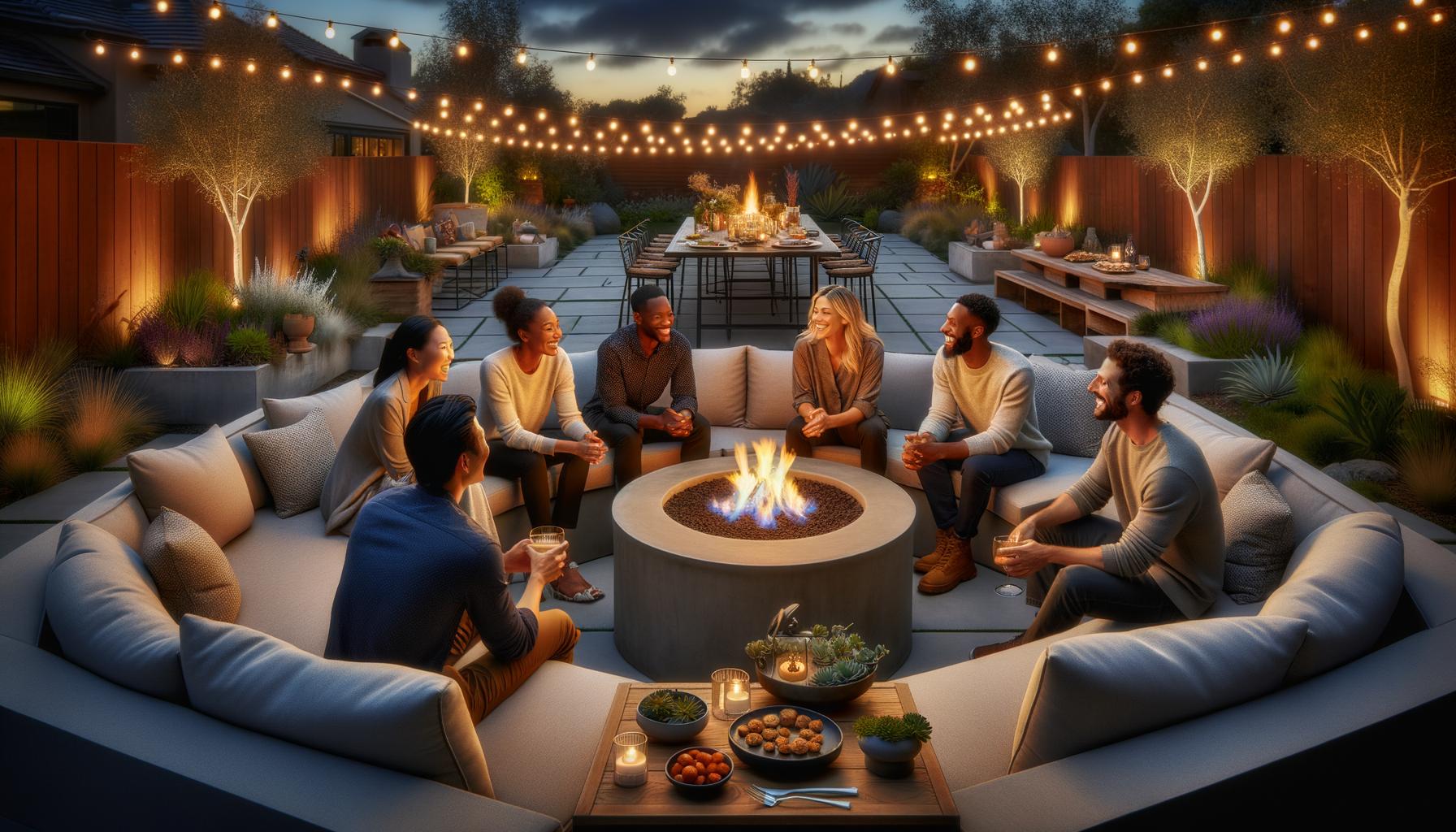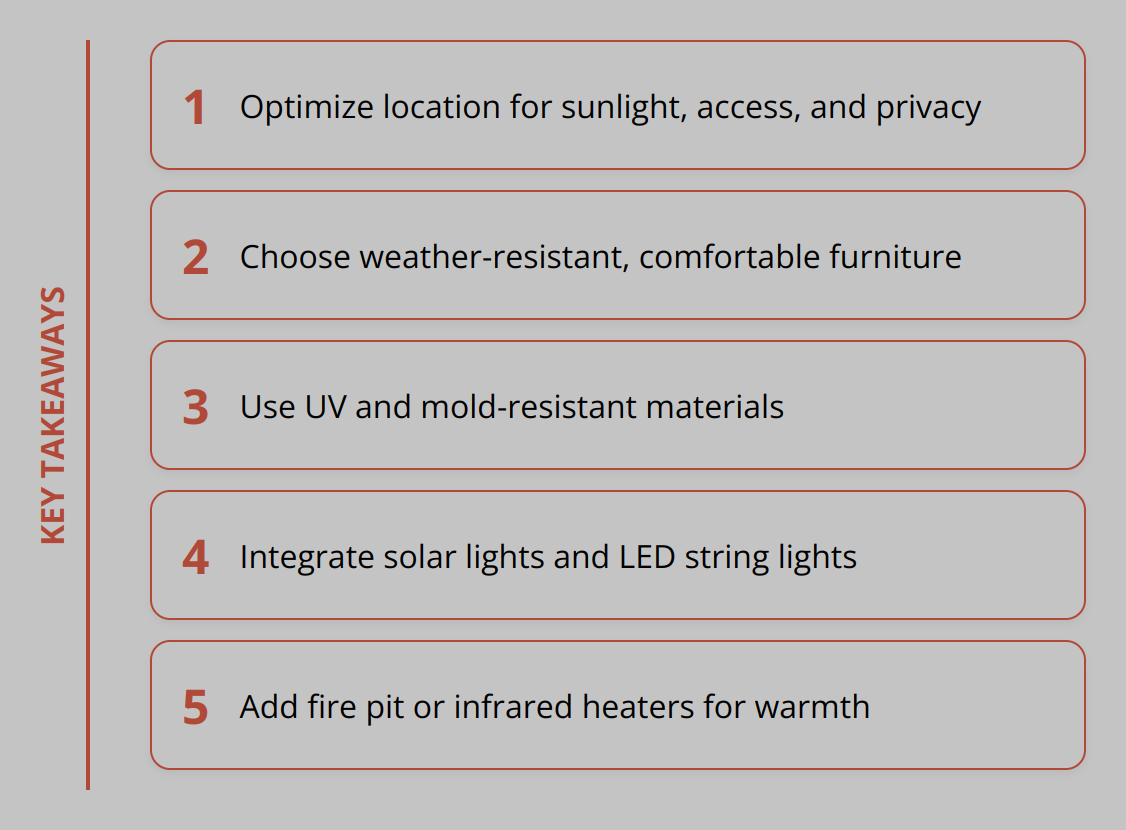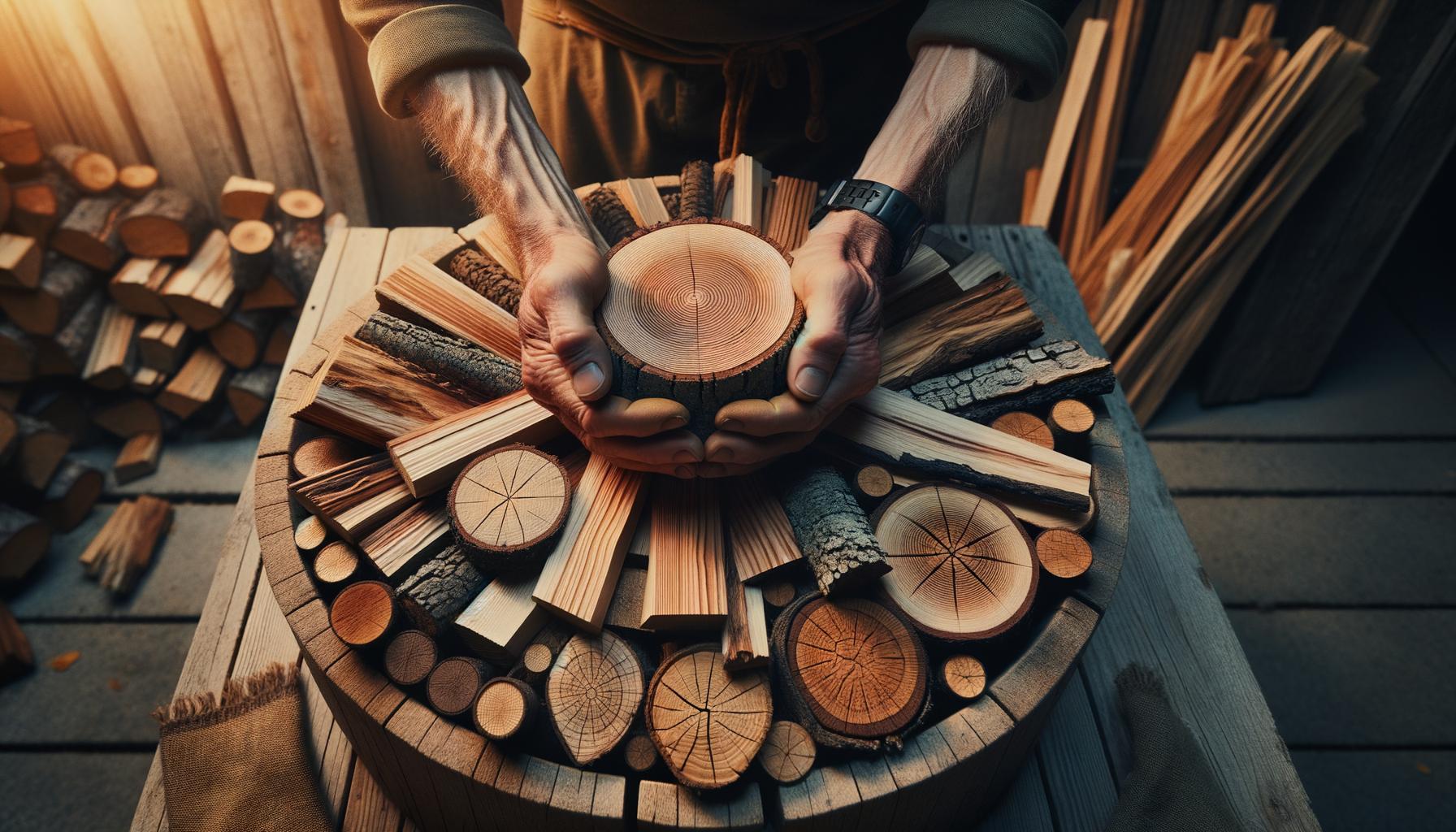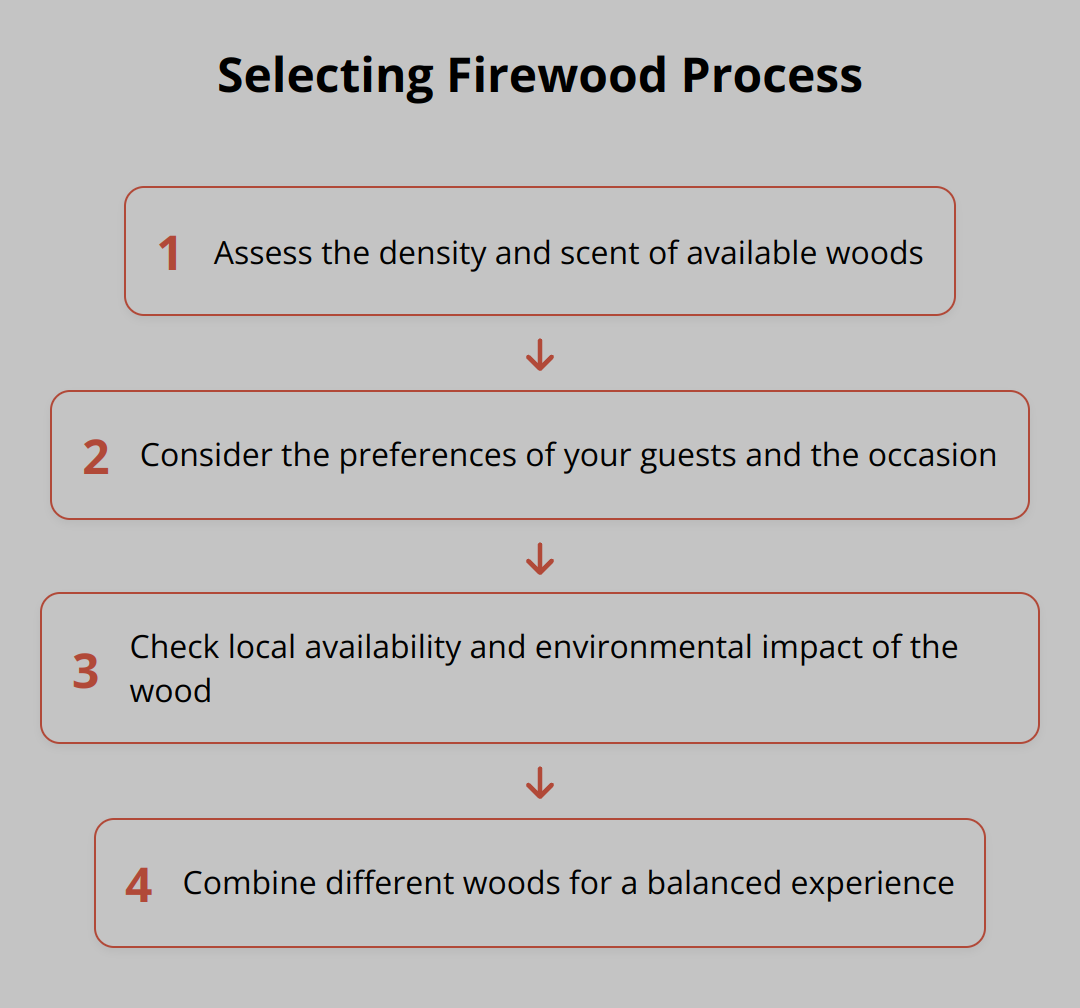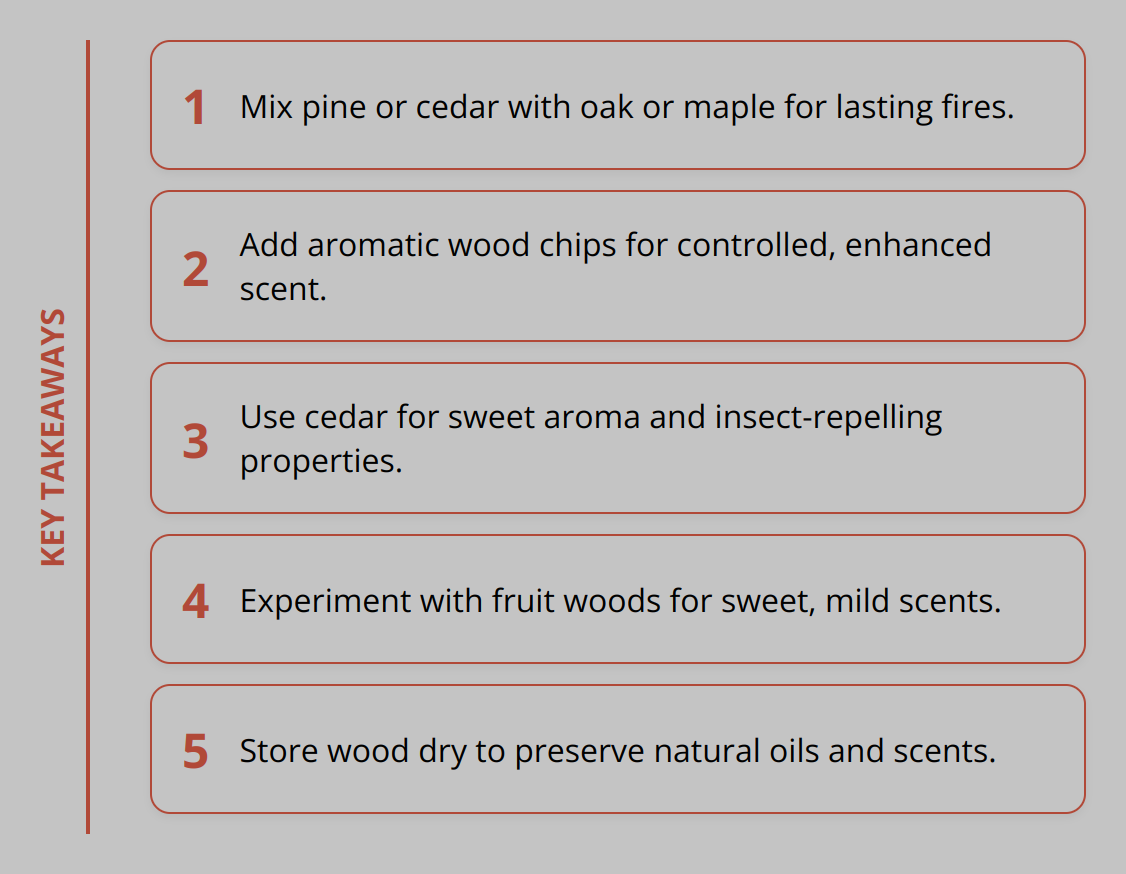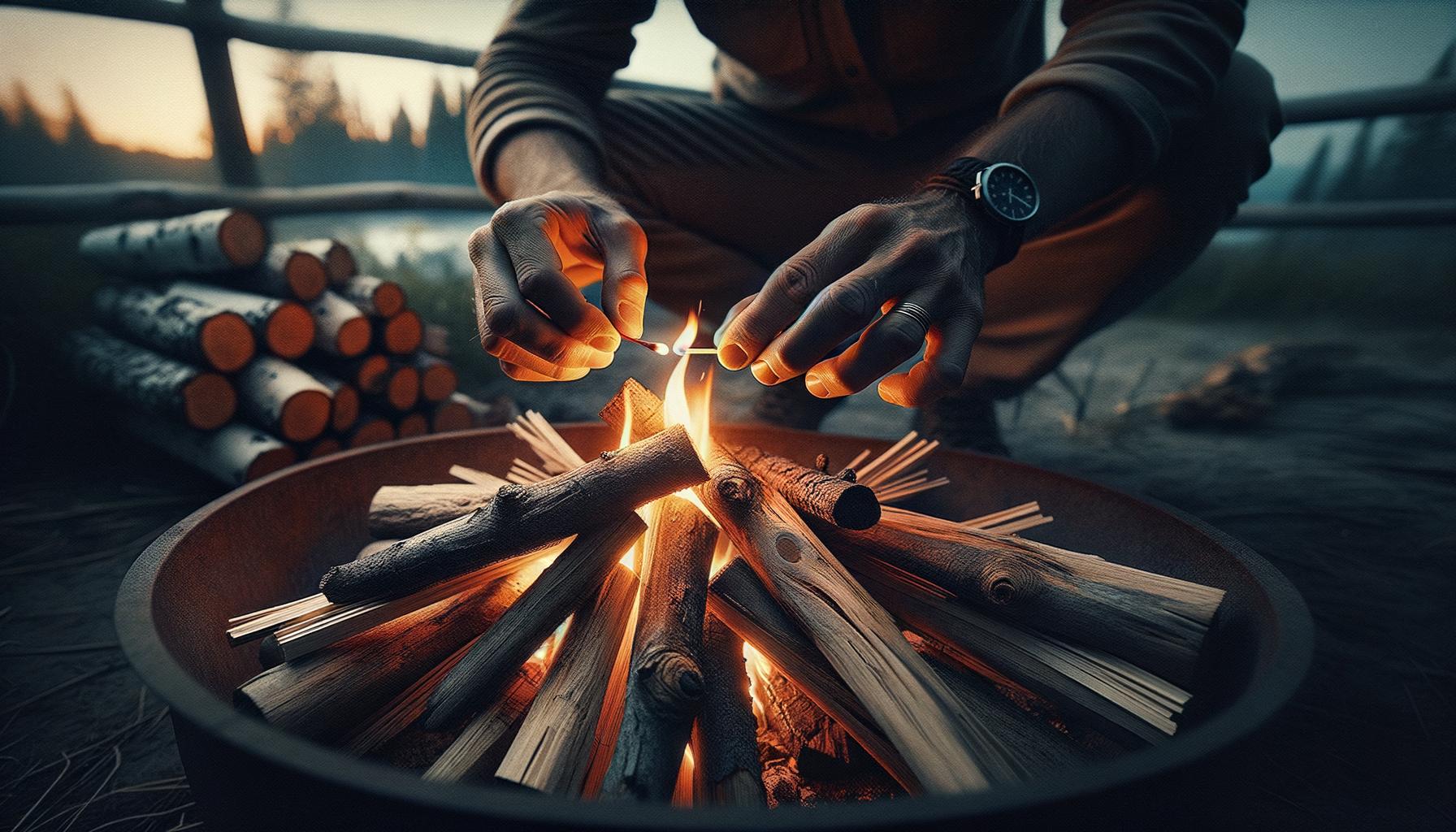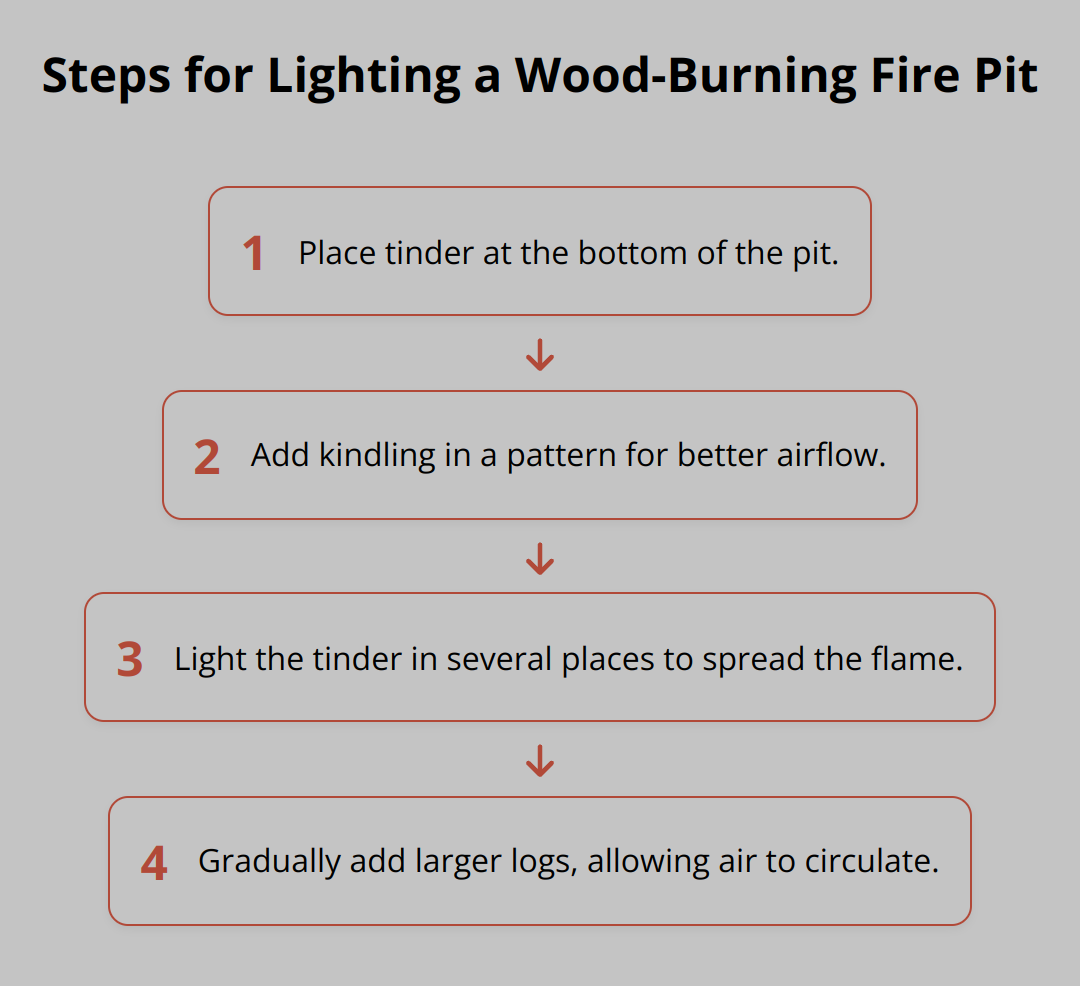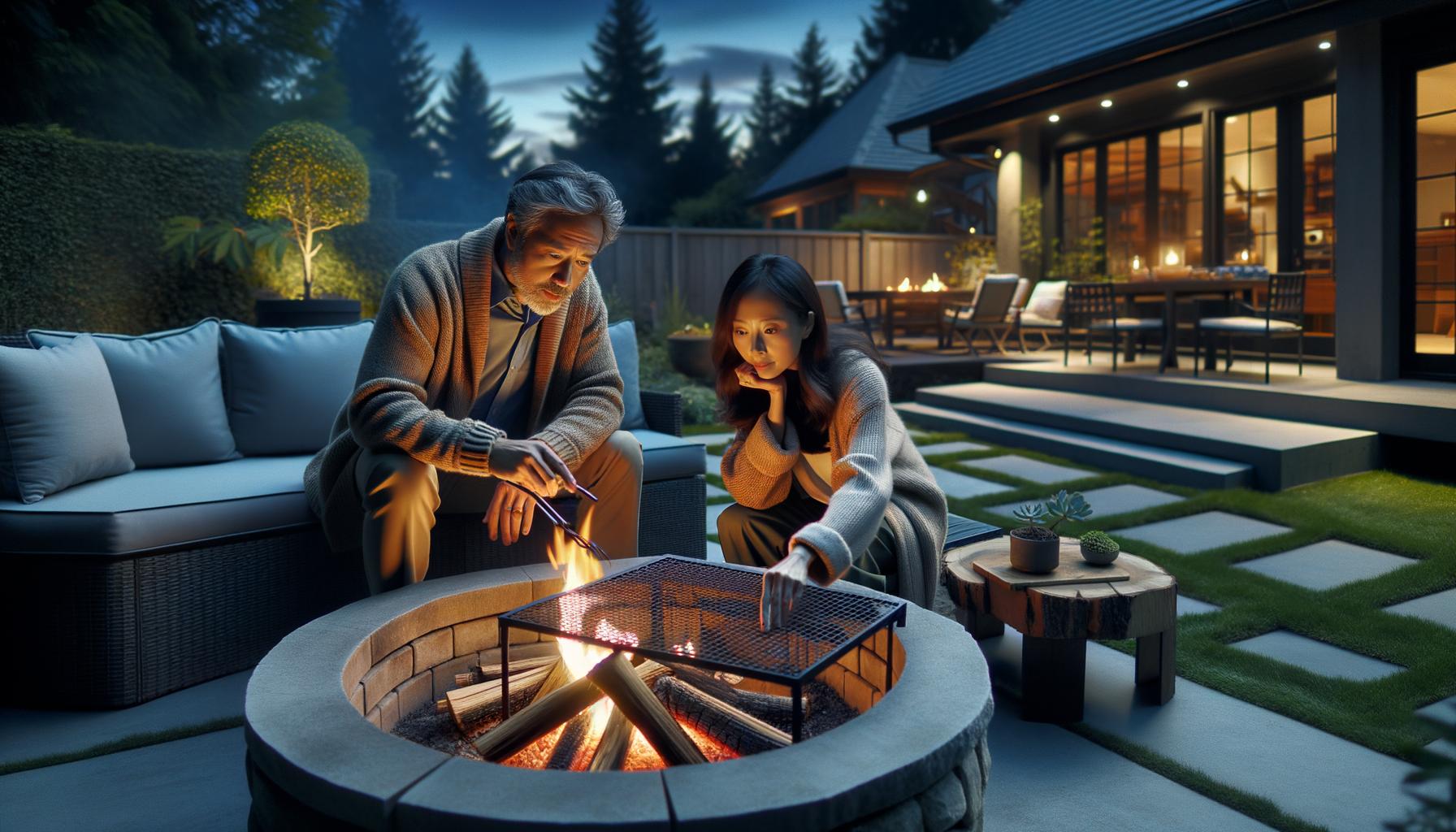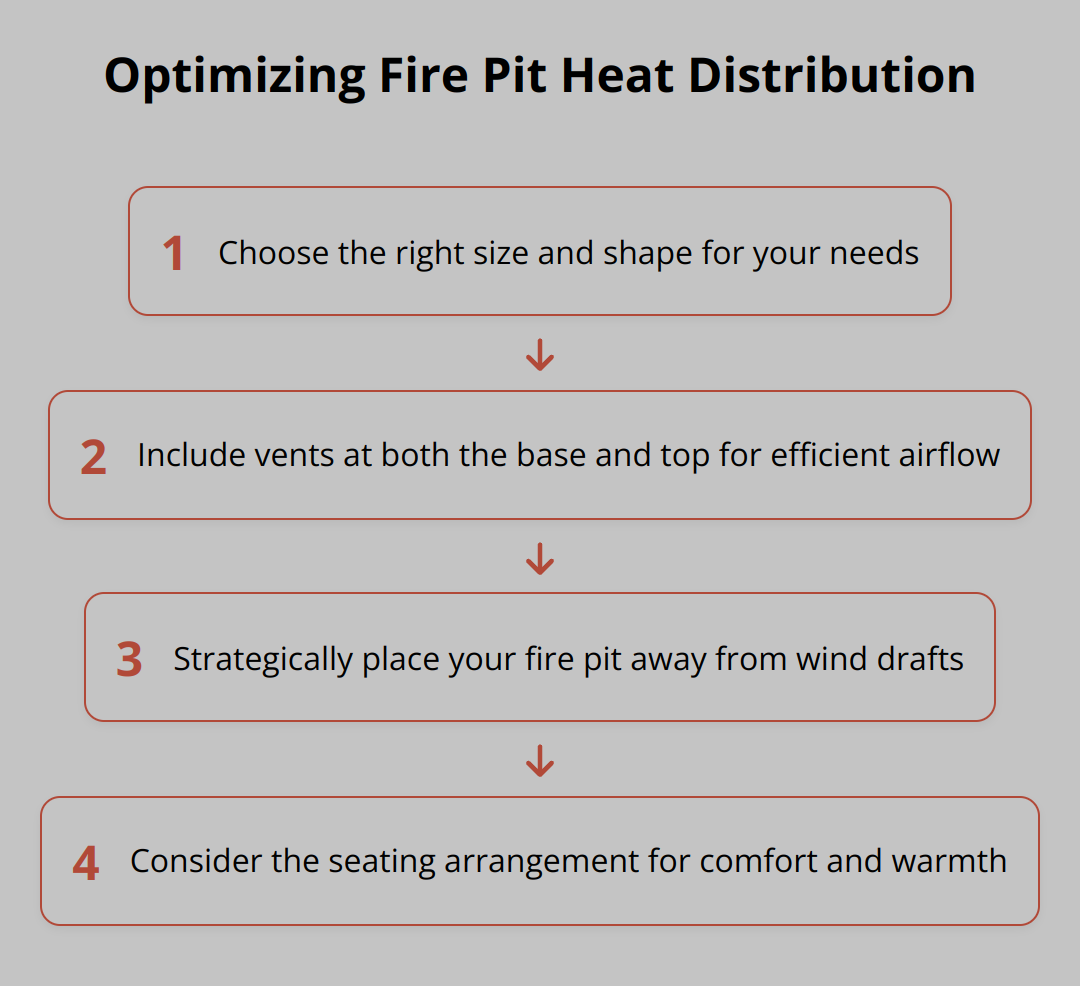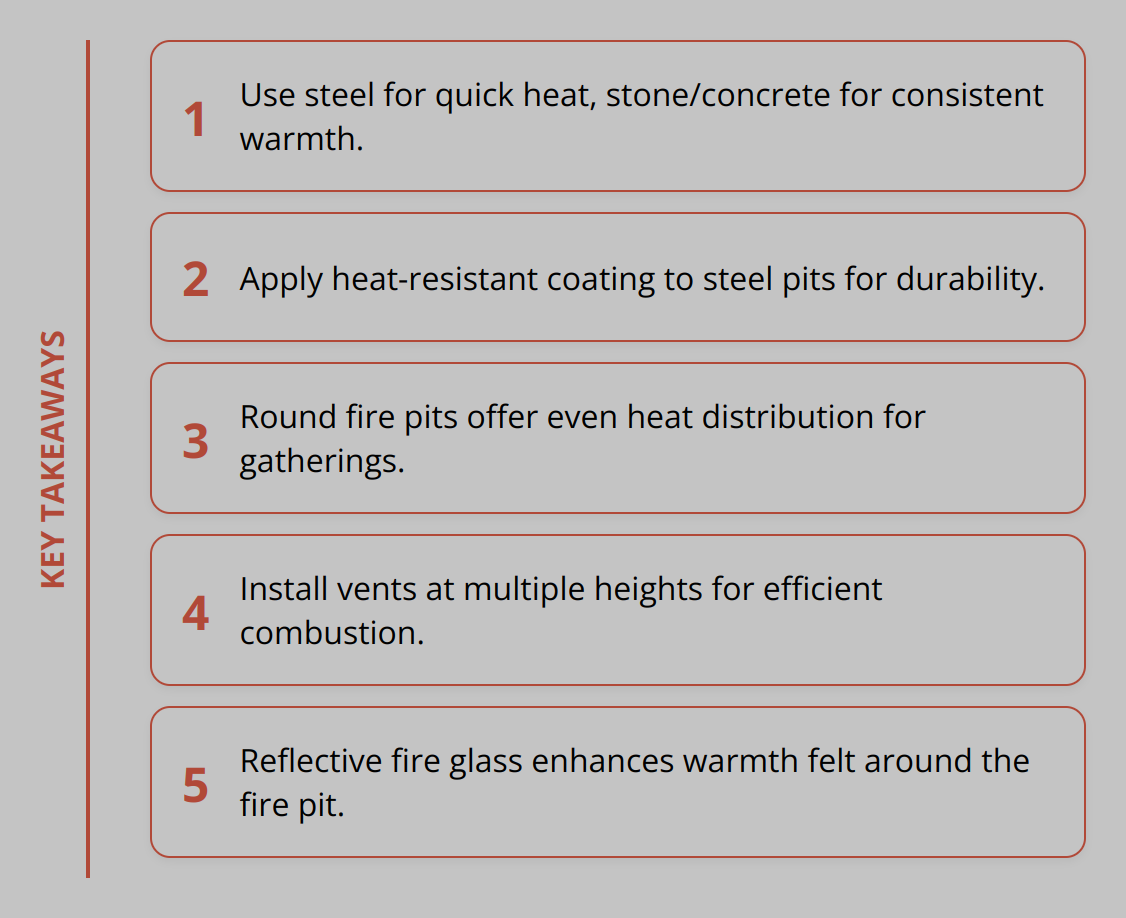When it comes to choosing the perfect outdoor fire pit, the material it’s made of plays a crucial role in its durability and overall performance. Two popular options are stainless steel and carbon steel, each with its unique benefits and drawbacks.
Stainless steel fire pits are known for their resistance to corrosion and ability to withstand harsh weather conditions. On the other hand, carbon steel fire pits offer a more traditional look and feel, but may require more maintenance to prevent rust.
Key Takeaways
- Stainless steel fire pits are more resistant to corrosion.
- Carbon steel fire pits offer a traditional aesthetic.
- Maintenance requirements differ between the two materials.
- Weather resistance is a key factor in choosing a fire pit.
- Durability varies between stainless steel and carbon steel.
Understanding the Basics of Fire Pit Materials
The durability and performance of a fire pit largely depend on the material it’s made of, with stainless steel and carbon steel being top contenders. To make an informed decision, it’s essential to understand the characteristics of each material.
What is Stainless Steel?
Stainless steel is an alloy of iron, chromium, and sometimes other elements, known for its corrosion resistance and durability. The addition of chromium creates a thin layer of oxide on the surface, protecting it from rust. Stainless steel benefits include its ability to withstand harsh weather conditions and its low maintenance requirements, making it a popular choice for outdoor applications.
What is Carbon Steel?
Carbon steel, on the other hand, is an alloy of iron and carbon. It is known for its strength and durability, although it is more prone to rust than stainless steel. The carbon content can vary, affecting its hardness and strength. Carbon steel fire pits are often less expensive than their stainless steel counterparts but may require more maintenance.
Core Differences Between the Materials
The primary differences between stainless steel and carbon steel lie in their composition and properties. The following table summarizes the key differences:
| Property | Stainless Steel | Carbon Steel |
|---|---|---|
| Corrosion Resistance | High | Low to Medium |
| Strength | High | High |
| Maintenance | Low | Medium to High |
| Cost | Generally Higher | Generally Lower |
Understanding these differences is crucial for selecting the right material for your fire pit, ensuring it meets your needs for durability and performance. Whether you prioritize durable fire pit materials or are looking for long-lasting fire pits, knowing the characteristics of stainless steel and carbon steel will guide your decision.
Stainless Steel vs. Carbon Steel Fire Pits: Which Lasts Longer?
The debate between stainless steel and carbon steel fire pits centers around which can withstand the test of time. When considering stainless steel vs. carbon steel fire pits, understanding the factors that influence their longevity is crucial.
One of the primary factors affecting the lifespan of a fire pit is its resistance to weather conditions. Stainless steel fire pits are known for their corrosion resistance, thanks to their chromium content, which forms a protective layer against rust. On the other hand, carbon steel fire pits, while durable, are more prone to rust if not properly coated or maintained.
For those interested in learning more about the best practices for outdoor fire pit materials, visiting resources like https://ssfirepits.com/outdoor-fire-pit-materials-best-practices/ can provide valuable insights.
Comparing Lifespan Factors
The following table summarizes key factors influencing the longevity of stainless steel and carbon steel fire pits:
| Factor | Stainless Steel | Carbon Steel |
|---|---|---|
| Corrosion Resistance | High | Low to Medium |
| Maintenance Requirements | Low | Medium to High |
| Heat Resistance | High | High |
| Initial Cost | Higher | Lower |
| Long-term Value | High | Medium |
As shown in the table, stainless steel fire pits generally offer superior corrosion resistance and lower maintenance requirements compared to carbon steel fire pits. However, carbon steel can still be a viable option for those looking for a more affordable initial investment.
Ultimately, the choice between stainless steel vs. carbon steel fire pits depends on your priorities regarding fire pit longevity, maintenance, and cost. By considering these factors, you can make an informed decision that suits your needs.
Heat Resistance and Performance
The performance of a fire pit under various temperatures is largely determined by its material composition. When choosing between stainless steel and carbon steel for your outdoor fire pit, understanding how each material handles heat is crucial for optimal performance and longevity.
Maximum Temperature Tolerance
Stainless steel fire pits are known for their high maximum temperature tolerance, often withstanding temperatures above 2000°F (1093°C) without significant degradation. In contrast, carbon steel fire pits can also handle high temperatures but may start to lose their structural integrity or oxidize at temperatures around 1000°F (538°C) if not properly coated or maintained.
Temperature Tolerance Comparison:
| Material | Maximum Temperature Tolerance |
|---|---|
| Stainless Steel | Up to 2000°F (1093°C) |
| Carbon Steel | Up to 1000°F (538°C) with proper coating |
Heat Distribution Properties
The heat distribution properties of a fire pit are critical for its performance. Stainless steel tends to have a more even heat distribution due to its thermal conductivity, although it is generally lower than that of carbon steel. Carbon steel, on the other hand, can heat up and cool down more quickly, which may lead to hotter spots but also potentially faster heat dissipation.
Key Considerations for Heat Distribution:
- Stainless steel: Even heat distribution, moderate thermal conductivity.
- Carbon Steel: Potential for hotter spots, higher thermal conductivity.
Thermal Cycling Effects
Thermal cycling, or the repeated heating and cooling of the material, can significantly affect the longevity of a fire pit. Stainless steel generally handles thermal cycling better due to its lower thermal expansion coefficient and higher resistance to fatigue. Carbon steel, while capable of withstanding thermal cycling, may experience more stress and potential cracking over time, especially if not properly maintained.
For an outdoor fire pit comparison, considering the effects of thermal cycling is essential. Stainless steel fire pits are often preferred for their durability under repeated heating and cooling cycles.
When deciding on the best steel for fire pits, it’s crucial to weigh the importance of heat resistance, distribution, and the effects of thermal cycling. Both stainless steel and carbon steel have their advantages and disadvantages, making the choice dependent on specific needs and preferences.
Weather Resistance and Durability Factors
The battle between stainless steel and carbon steel fire pits is often decided by how well they withstand various weather conditions. Both materials have their unique properties that affect their durability and weather resistance.
Stainless steel fire pits are renowned for their corrosion resistance, thanks to their chromium content. This makes them highly resistant to rain, snow, and extreme temperatures. In contrast, carbon steel fire pits, while durable, are more prone to rust if not properly coated or maintained.
When exposed to harsh weather, stainless steel generally holds its ground better than carbon steel. However, certain grades of stainless steel are more resistant than others. For instance, marine-grade stainless steel is particularly adept at withstanding salty air and high moisture levels.
To better understand the durability factors, let’s examine a comparison of the two materials under different weather conditions:
| Weather Condition | Stainless Steel | Carbon Steel |
|---|---|---|
| Rain | Highly resistant, especially with higher chromium content | Prone to rust if not coated or maintained |
| Snow | Resistant, but may require occasional cleaning | Can withstand snow, but rust risk increases with moisture |
| Extreme Temperatures | Generally resistant, with some grades performing better than others | Can be durable, but may degrade over time with repeated exposure |
In conclusion, while both stainless steel and carbon steel fire pits have their merits,stainless steeltends to have an edge when it comes to weather resistance and durability. However, the overall performance of either material can be significantly influenced by factors such as maintenance, coating, and the specific grade of the material used.
Maintenance Requirements and Care
To keep your fire pit in top condition, understanding the specific maintenance needs of its material is crucial. Both stainless steel and carbon steel fire pits require regular care to ensure they remain in good condition and continue to perform well over time.
Cleaning Methods
Cleaning your fire pit regularly is essential to remove ash, debris, and food residue that can cause damage over time. For stainless steel fire pits, use a soft cloth and mild soap to clean the surface. Avoid using abrasive cleaners or scrubbers that can scratch the material. For carbon steel fire pits, a wire brush can be used to remove stubborn debris, followed by a wipe with a dry cloth to prevent rust.
It’s also important to clean the fire pit after each use to prevent the buildup of residue. For more thorough cleaning, consider the following steps:
- Remove any debris or ash from the fire pit.
- Wipe down the surface with a damp cloth.
- Dry the fire pit thoroughly, especially if it’s made of carbon steel.
Rust Prevention Techniques
Rust prevention is a critical aspect of maintaining carbon steel fire pits, as they are more prone to rust than stainless steel. To prevent rust, ensure your carbon steel fire pit is dry after cleaning and apply a thin layer of cooking oil to the surface. For added protection, consider applying a rust-inhibiting coating.
For stainless steel fire pits, while they are more resistant to rust, it’s still important to keep them clean and dry. Regularly inspect the fire pit for any signs of rust or corrosion and address these issues promptly.
| Material | Cleaning Method | Rust Prevention |
|---|---|---|
| Stainless Steel | Mild soap and soft cloth | Keep dry, inspect regularly |
| Carbon Steel | Wire brush and dry cloth | Apply cooking oil, consider rust-inhibiting coating |
Seasonal Storage Tips
When the outdoor season ends, properly storing your fire pit can help extend its lifespan. For both stainless steel and carbon steel fire pits, ensure they are thoroughly cleaned and dry before storage. Consider covering the fire pit to protect it from the elements.
“Proper maintenance and storage can significantly extend the life of your fire pit. By following these simple tips, you can enjoy your outdoor fire pit for years to come.” Learn more about fire pit maintenance.
For more detailed guidance on maintaining your fire pit, visit https://ssfirepits.com/fire-pit-maintenance-tips-best-practices/ to ensure you’re taking the best care of your investment.
Cost Analysis and Value Over Time
Understanding the cost implications of choosing between stainless steel and carbon steel fire pits is crucial for making an informed decision. The total cost of ownership extends beyond the initial purchase price to include maintenance, potential repairs, and replacement costs.
Initial Investment Comparison
The initial cost of a fire pit can vary significantly based on the material. Generally, stainless steel fire pits are more expensive upfront compared to their carbon steel counterparts. This is due to the higher cost of stainless steel materials and the manufacturing processes involved.
For instance, a stainless steel fire pit might cost between $500 to $1,000, depending on size and features. In contrast, a carbon steel fire pit of similar size could range from $300 to $700.
Long-term Value Assessment
While the initial investment in a stainless steel fire pit is higher, its durability and resistance to corrosion can provide long-term value. Stainless steel is less prone to rust and can withstand harsh weather conditions, potentially extending its lifespan.
On the other hand, carbon steel, if not properly maintained, can rust, which may lead to a shorter lifespan and additional maintenance costs. However, with proper care, carbon steel fire pits can still offer several years of service.
| Material | Initial Cost | Maintenance Cost (5 years) | Total Cost (5 years) |
|---|---|---|---|
| Stainless Steel | $500-$1,000 | $100-$300 | $600-$1,300 |
| Carbon Steel | $300-$700 | $200-$500 | $500-$1,200 |
Replacement Considerations
When assessing the long-term value, it’s essential to consider the potential need for replacement. Stainless steel fire pits, due to their durability, may require less frequent replacement. In contrast, carbon steel fire pits might need to be replaced more often, depending on their condition and maintenance.
The decision between stainless steel and carbon steel fire pits should be based on a comprehensive cost analysis, including initial costs, maintenance, and potential replacement expenses. By understanding these factors, consumers can make a more informed choice that aligns with their budget and preferences.
Aesthetic Changes and Patina Development
The beauty of a fire pit lies not just in its original appearance but in how it weathers and changes over time. Both stainless steel and carbon steel fire pits undergo significant aesthetic transformations as they age, influenced by their material properties and environmental conditions.
Stainless steel fire pits are known for their sleek, modern appearance. Initially, they have a shiny, reflective surface that can complement a contemporary outdoor setting. Over time, however, they can develop a subtle patina due to exposure to the elements. This patina can add character to the fire pit, though it tends to remain relatively low-maintenance in terms of appearance. For those interested in customizing their fire pit further, exploring options like customizable features can enhance both its functionality and aesthetic appeal.
In contrast, carbon steel fire pits start with a more rustic appearance and tend to develop a more pronounced patina over time. As they oxidize, they can form a beautiful, rich layer that many find appealing. This process not only changes the appearance but also contributes to the fire pit’s character, giving it a unique, weathered look that can enhance its outdoor surroundings.
The rate and nature of patina development on both materials can be influenced by several factors, including exposure to moisture, salt air, and extreme temperatures. For instance, a coastal environment can accelerate the oxidation process on carbon steel, while stainless steel’s resistance to corrosion can be tested in such conditions. Understanding these factors is crucial for anticipating how your fire pit will age.
Ultimately, the choice between stainless steel and carbon steel for your fire pit involves considering not just their durability and performance but also how their appearance will evolve over time. Whether you prefer the modern look of stainless steel or the rustic charm of carbon steel, both materials offer unique aesthetic qualities that can enhance your outdoor living space.
Environmental Impact and Sustainability
Understanding the ecological footprint of fire pits is essential for making an informed decision. As consumers become more environmentally conscious, the sustainability of outdoor heating solutions like fire pits has gained significant attention.
The production, use, and disposal of fire pits contribute to their overall environmental impact. Both stainless steel and carbon steel have their own ecological implications, from the extraction of raw materials to the manufacturing process.
Manufacturing Process Comparison
The manufacturing process of stainless steel involves several energy-intensive steps, including the extraction of chromium and nickel. However, stainless steel production has become more efficient over the years, with many manufacturers adopting recycling practices that reduce waste and energy consumption.
Carbon steel production, on the other hand, generally requires less energy than stainless steel. Nevertheless, it involves processes that can lead to higher emissions. The extraction and processing of iron ore, followed by the conversion into steel, contribute to its carbon footprint.
“The environmental impact of steel production is significant, but advancements in manufacturing and recycling are helping to mitigate this effect.”
Recyclability
One of the significant advantages of both stainless steel and carbon steel is their recyclability. Stainless steel is 100% recyclable, and recycling it saves energy and reduces the need for primary raw materials. Carbon steel is also recyclable, although the process might not be as straightforward due to potential contamination with other materials.
- Stainless steel recycling reduces waste and conserves resources.
- Carbon steel recycling, while beneficial, may require additional processing steps.
Carbon Footprint Considerations
When evaluating the best steel for fire pits in terms of environmental impact, it’s crucial to consider the carbon footprint. Stainless steel, due to its longer lifespan and recyclability, can offer a lower carbon footprint over its lifecycle compared to carbon steel.
However, the initial production phase of stainless steel has a higher carbon footprint. Carbon steel, being less energy-intensive to produce initially, might seem like a more sustainable option at first glance. Yet, its potentially shorter lifespan and higher maintenance needs can offset these initial benefits.
| Material | Recyclability | Initial Carbon Footprint | Lifelong Carbon Footprint |
|---|---|---|---|
| Stainless Steel | 100% recyclable | Higher | Lower |
| Carbon Steel | Recyclable with processing | Lower | Potentially Higher |
In conclusion, when considering fire pit longevity and environmental sustainability, both stainless steel and carbon steel have their merits and drawbacks. Stainless steel offers durability and recyclability, potentially reducing its lifelong carbon footprint. Carbon steel, while initially less energy-intensive, may require more frequent replacements and maintenance, affecting its overall sustainability.
Conclusion
When choosing between stainless steel and carbon steel fire pits, understanding the durability and performance of each material is crucial. Both materials have their strengths and weaknesses, from heat resistance and weather durability to maintenance needs and environmental impact.
Stainless steel fire pits offer superior corrosion resistance and require less maintenance, making them a great choice for those seeking a hassle-free outdoor heating solution. On the other hand, carbon steel fire pits provide excellent heat distribution and can develop a beautiful patina over time, but they may require more upkeep to prevent rust.
Ultimately, the decision between stainless steel vs. carbon steel fire pits comes down to your specific needs and preferences. By considering factors such as durable fire pit materials, weather resistance, and maintenance requirements, you can make an informed decision that suits your outdoor living space.
FAQ
What are the main differences between stainless steel and carbon steel fire pits?
The primary differences lie in their composition, durability, and resistance to corrosion. Stainless steel fire pits are known for their corrosion resistance and durability, while carbon steel fire pits are often less expensive and can be more prone to rust if not properly maintained.
Which material is more resistant to corrosion?
Stainless steel is generally more resistant to corrosion due to its chromium content, which forms a protective layer against rust and corrosion. Carbon steel, on the other hand, can rust if not coated or maintained properly.
How do I maintain my stainless steel or carbon steel fire pit?
For stainless steel fire pits, regular cleaning with mild soap and water is recommended. For carbon steel fire pits, applying a rust-inhibiting coating and keeping it dry when not in use can help prevent rust. Both materials benefit from being covered or stored in a dry location during harsh weather conditions.
Can I leave my fire pit outside year-round?
While both stainless steel and carbon steel fire pits can be left outside, it’s recommended to take protective measures. For stainless steel, a cover can suffice. For carbon steel, in addition to a cover, ensuring it’s dry and applying a rust-inhibiting coating can help.
How do the materials affect the heat distribution of the fire pit?
Carbon steel tends to heat up and distribute heat more evenly than stainless steel due to its higher thermal conductivity. However, stainless steel fire pits can still provide a warm and cozy ambiance, and their heat distribution can be enhanced with proper design.
Are there any eco-friendly considerations when choosing between stainless steel and carbon steel fire pits?
Yes, both materials have eco-friendly aspects. Stainless steel is highly recyclable, and some manufacturers use recycled content. Carbon steel is also recyclable, but its production process can have a higher environmental impact. Considering the recyclability, durability, and sourcing of the material can help make a more sustainable choice.
What is the expected lifespan of a stainless steel vs. a carbon steel fire pit?
Stainless steel fire pits can last for many years, often 10 to 20 years or more, due to their resistance to corrosion. Carbon steel fire pits, with proper maintenance, can also last for many years, but their lifespan may be shorter, typically ranging from 5 to 15 years, depending on the conditions and maintenance.
How do I choose between stainless steel and carbon steel for my fire pit?
Consider factors such as your budget, desired durability, maintenance willingness, and aesthetic preferences. Stainless steel offers durability and low maintenance, while carbon steel can provide a more traditional look and potentially lower upfront cost, but may require more maintenance.


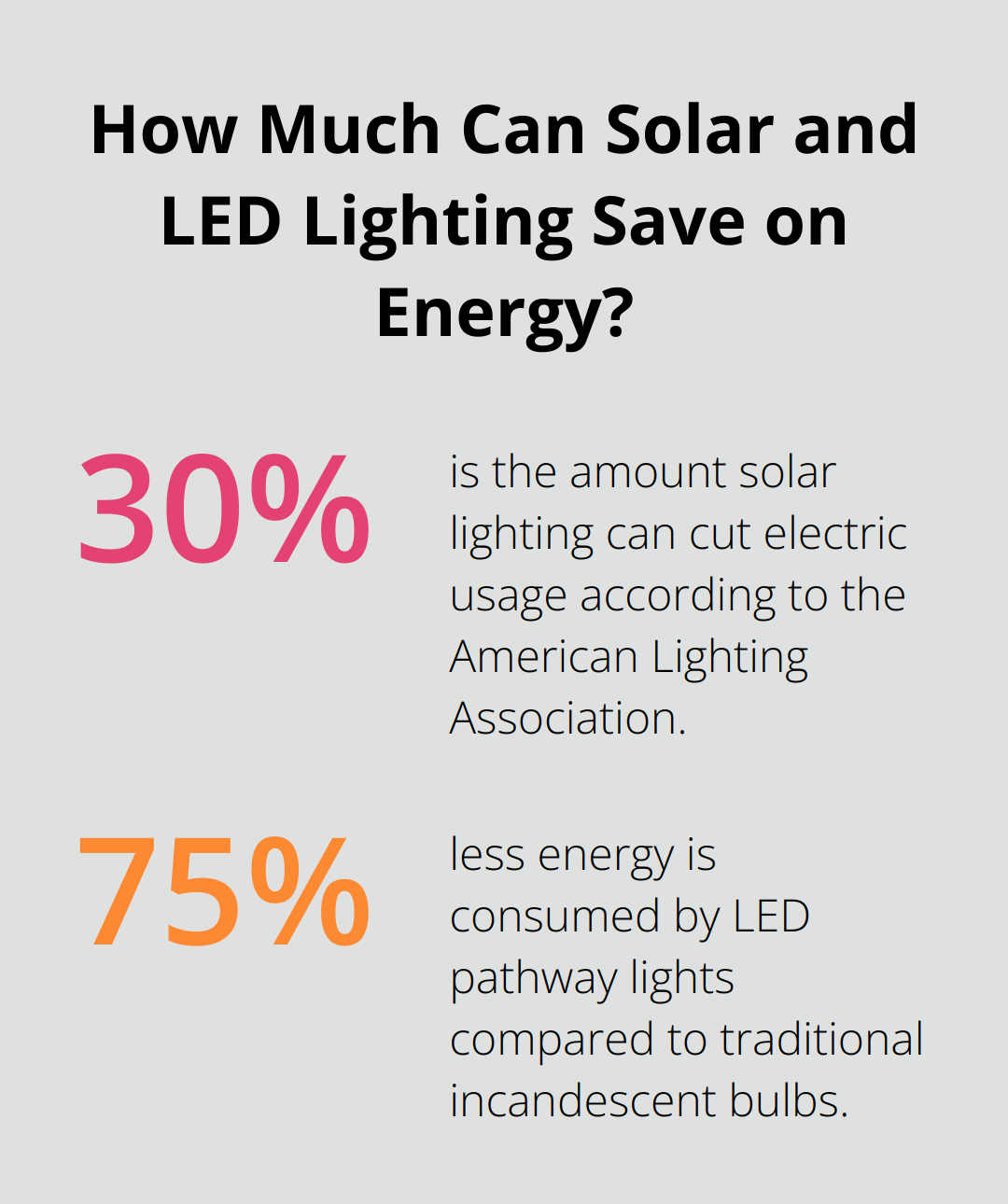
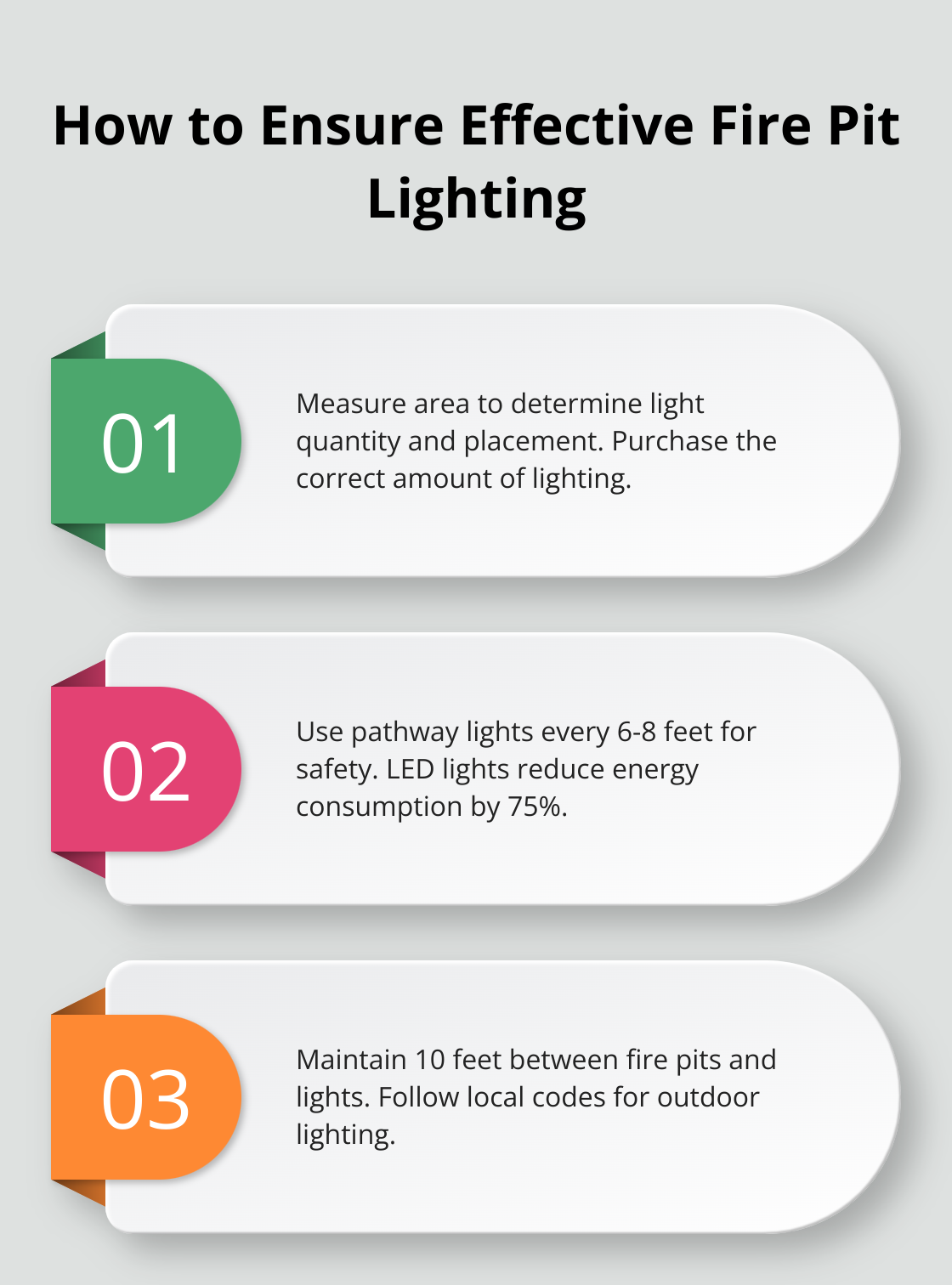

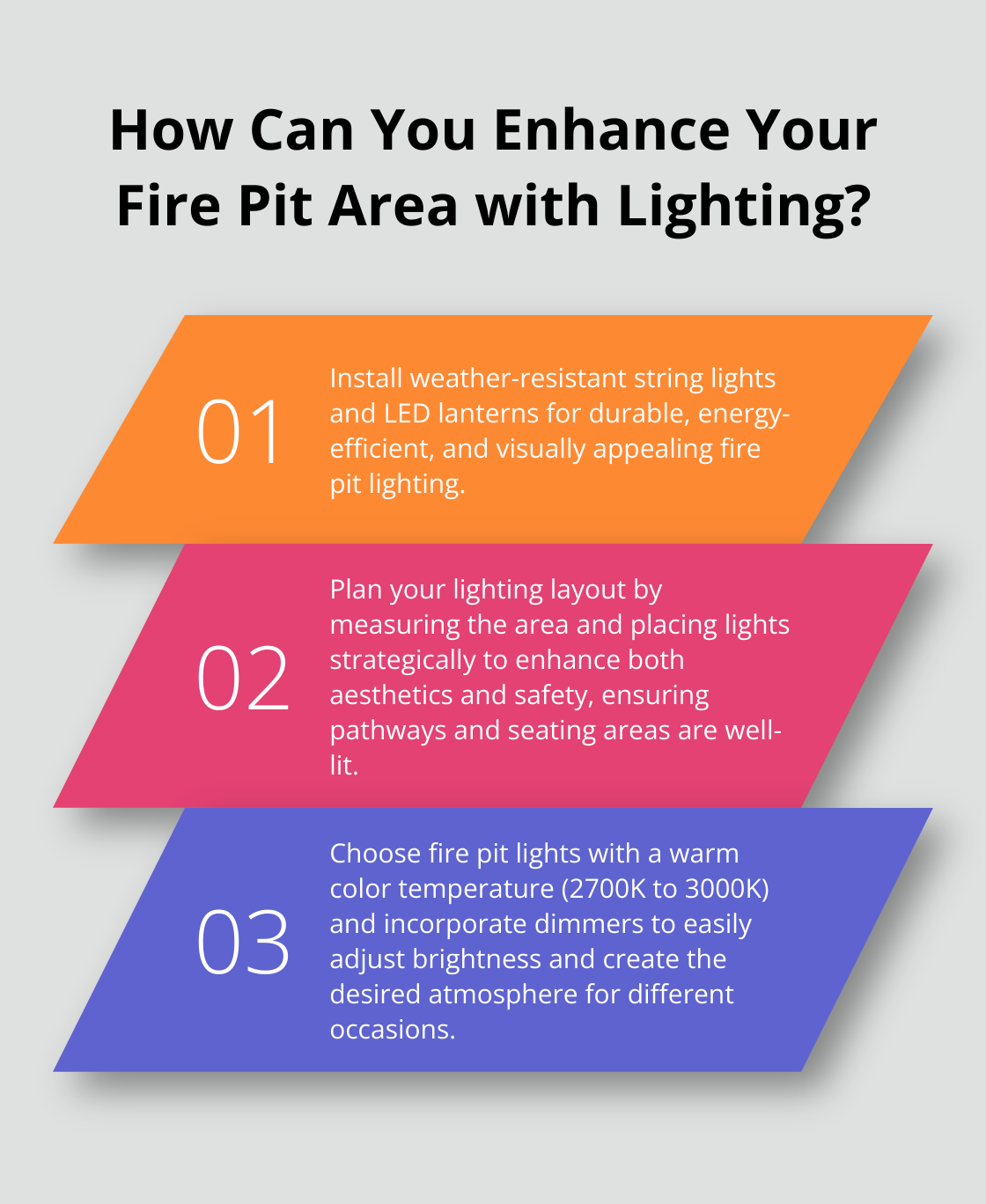
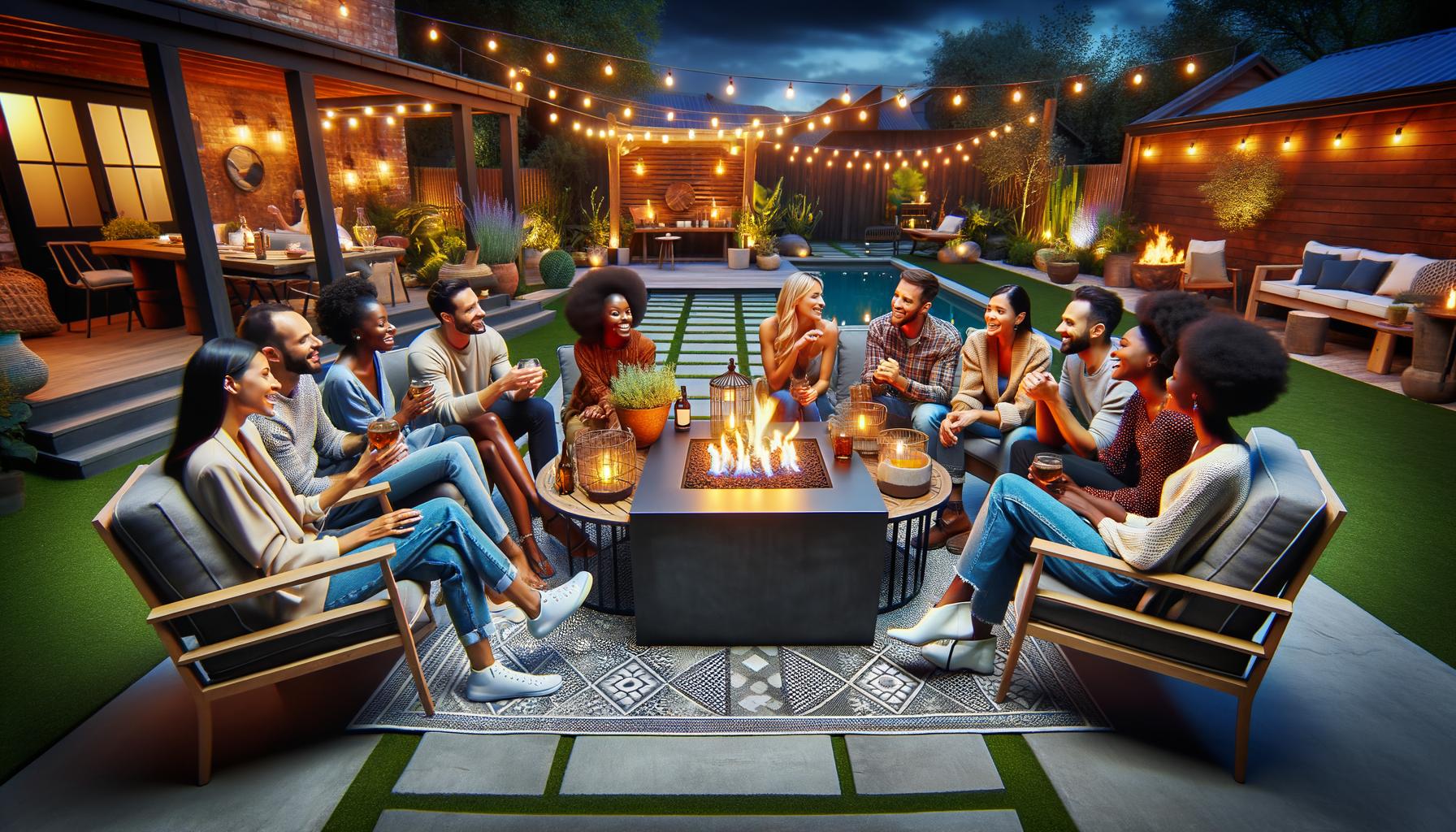
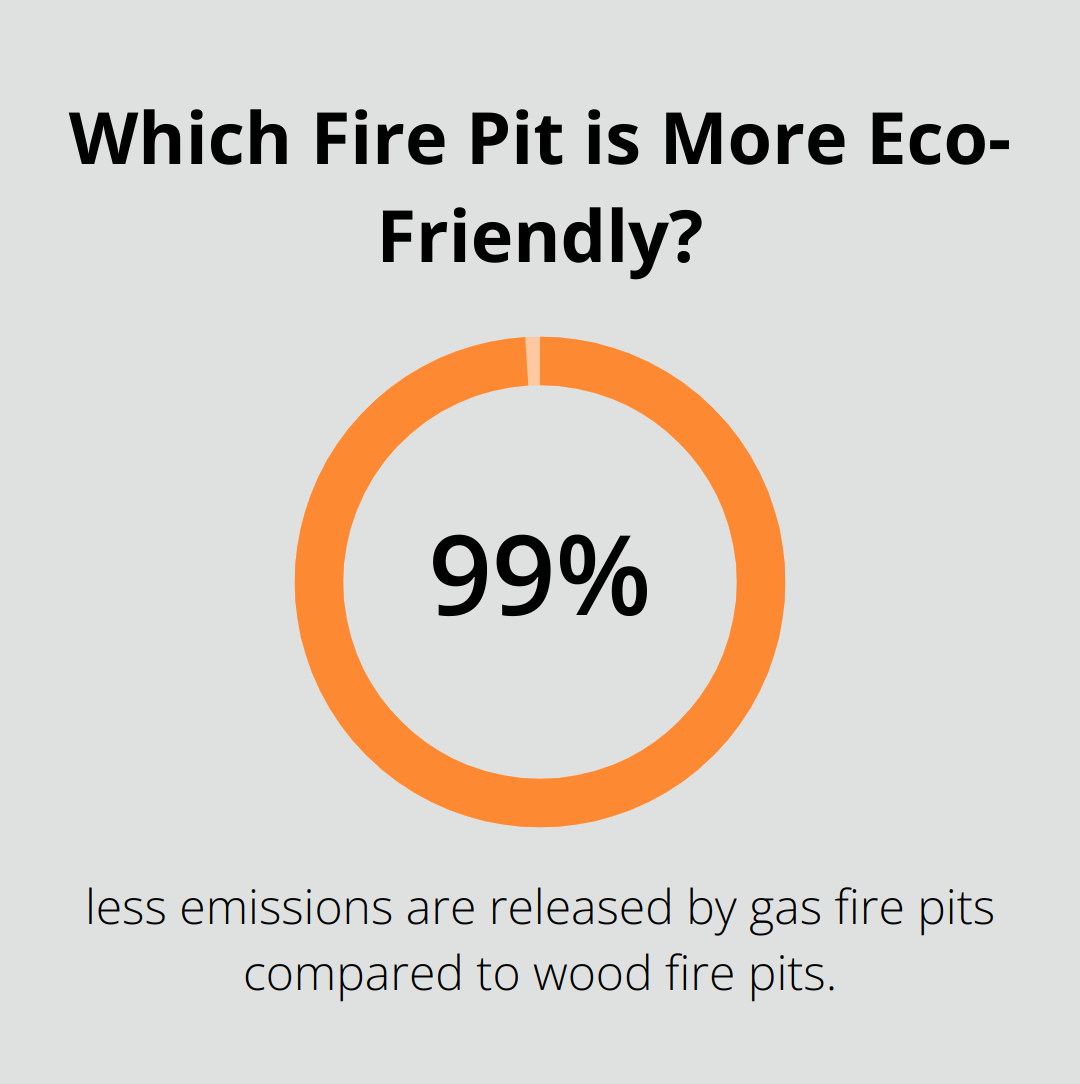
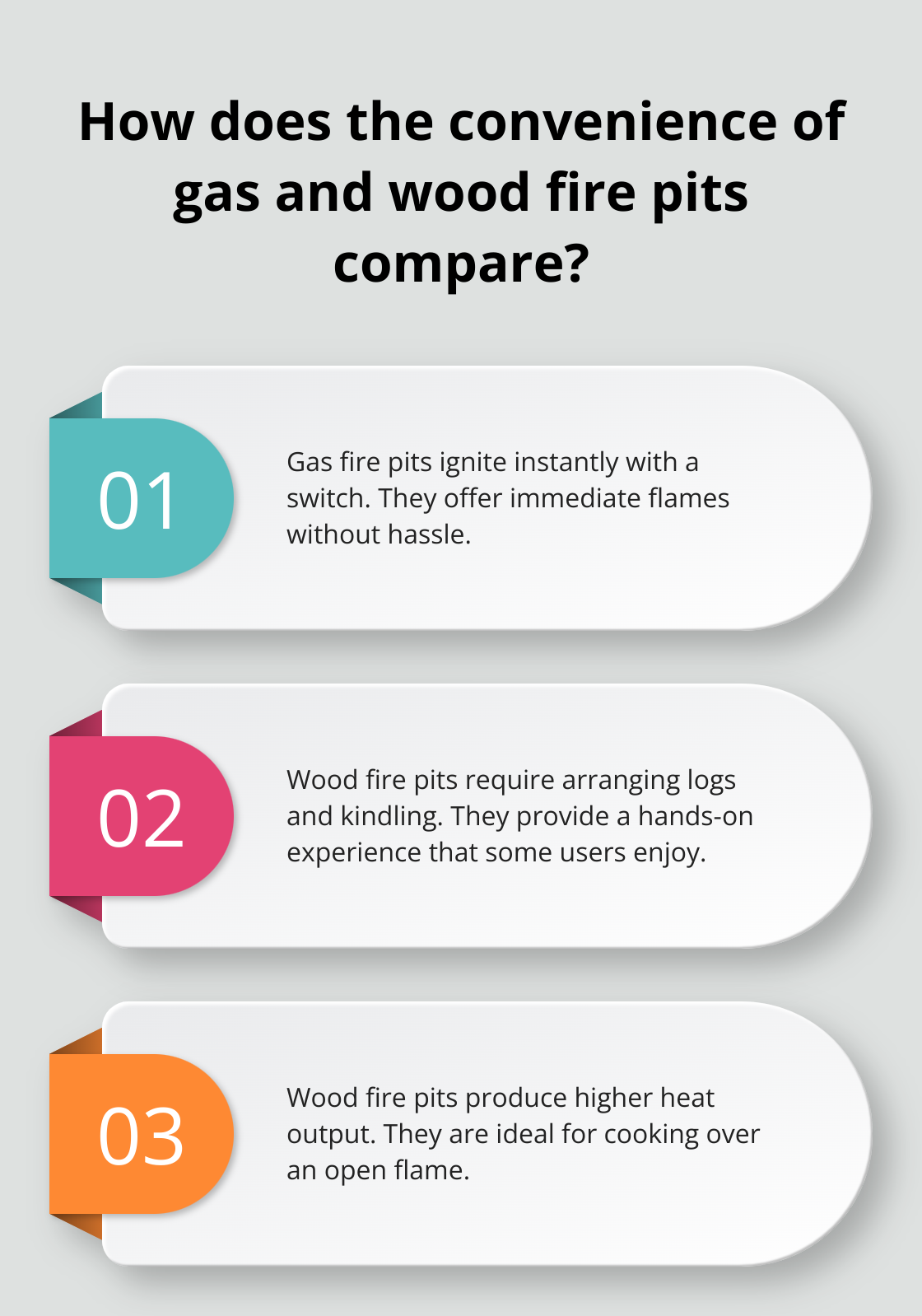
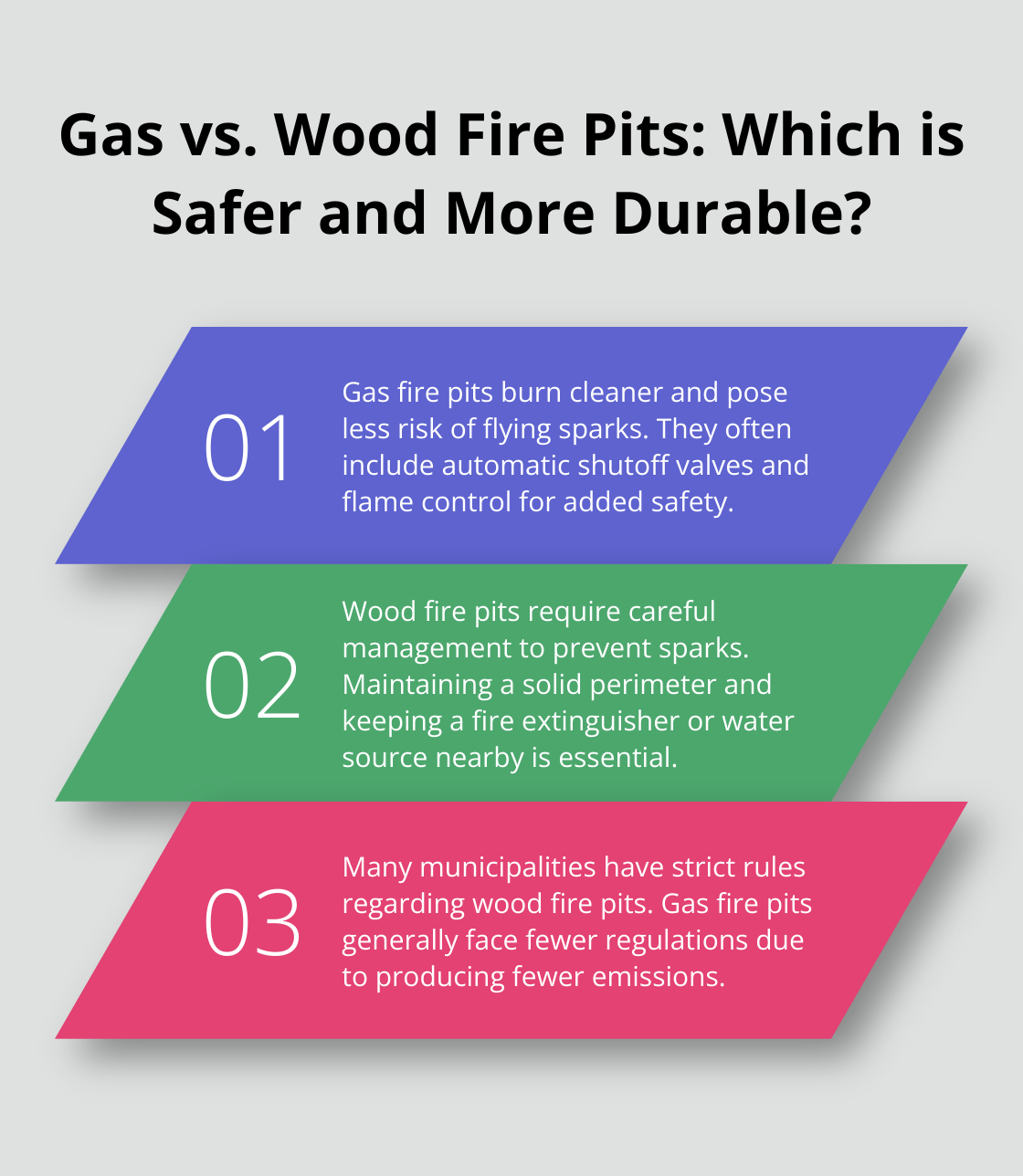
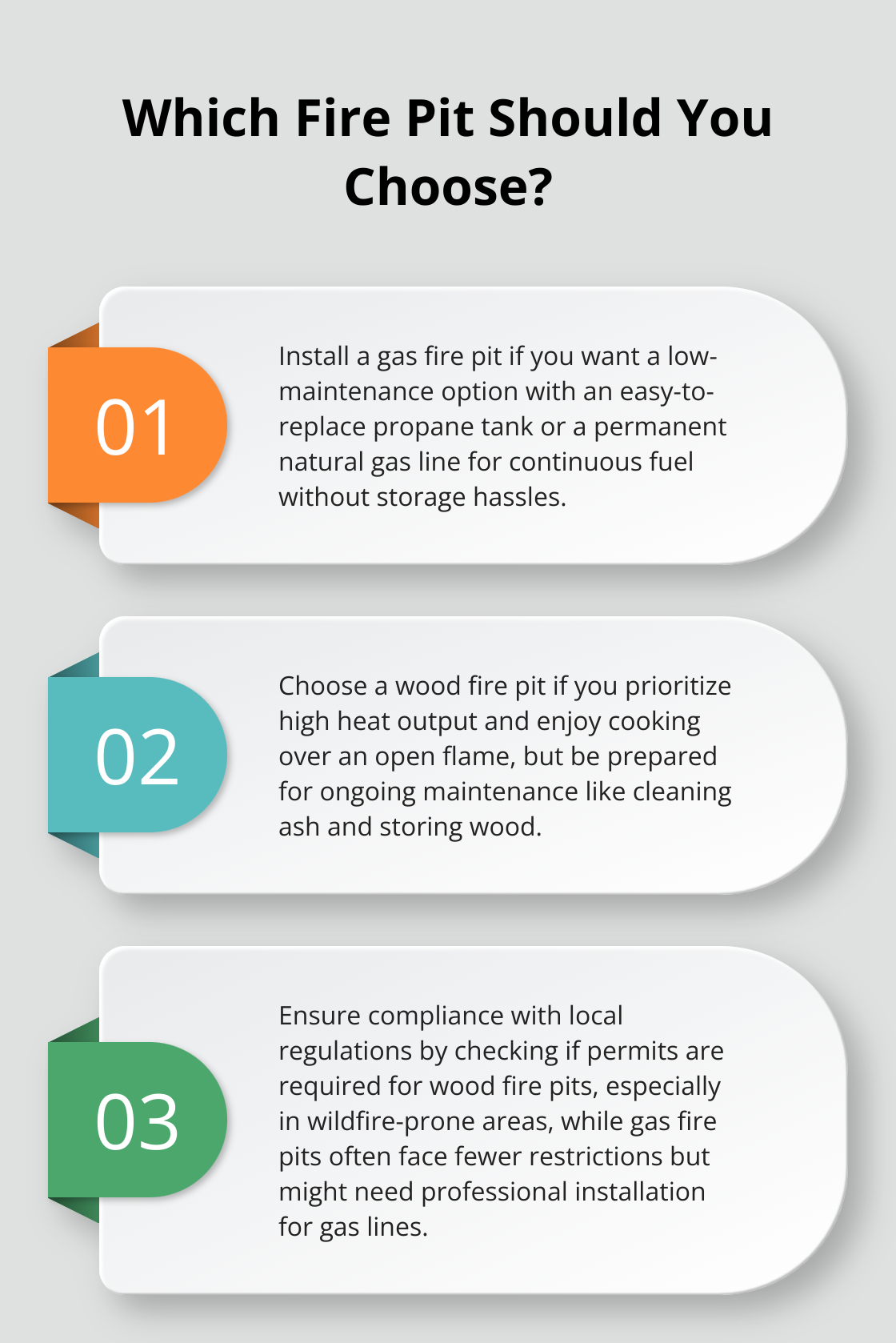
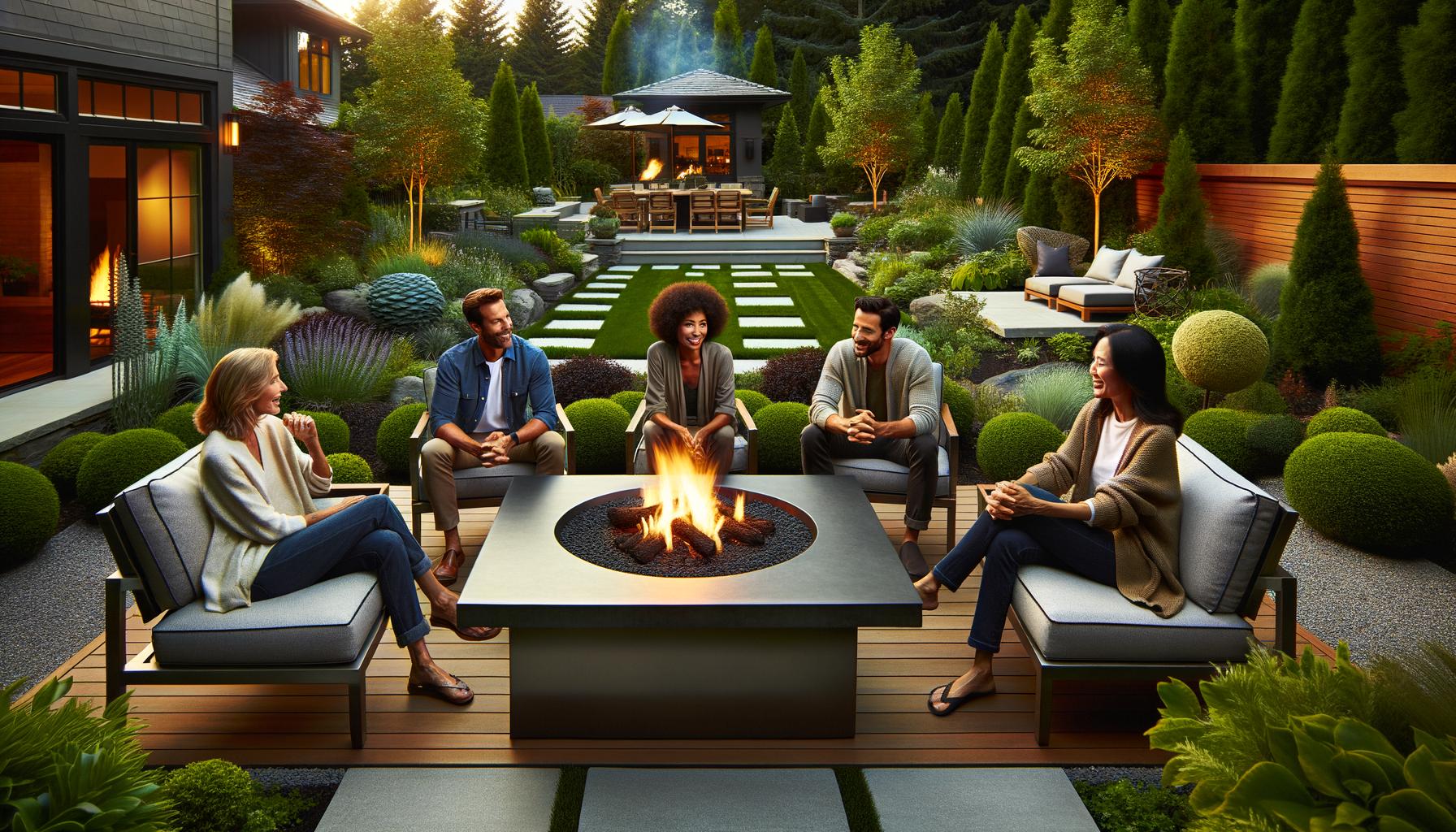
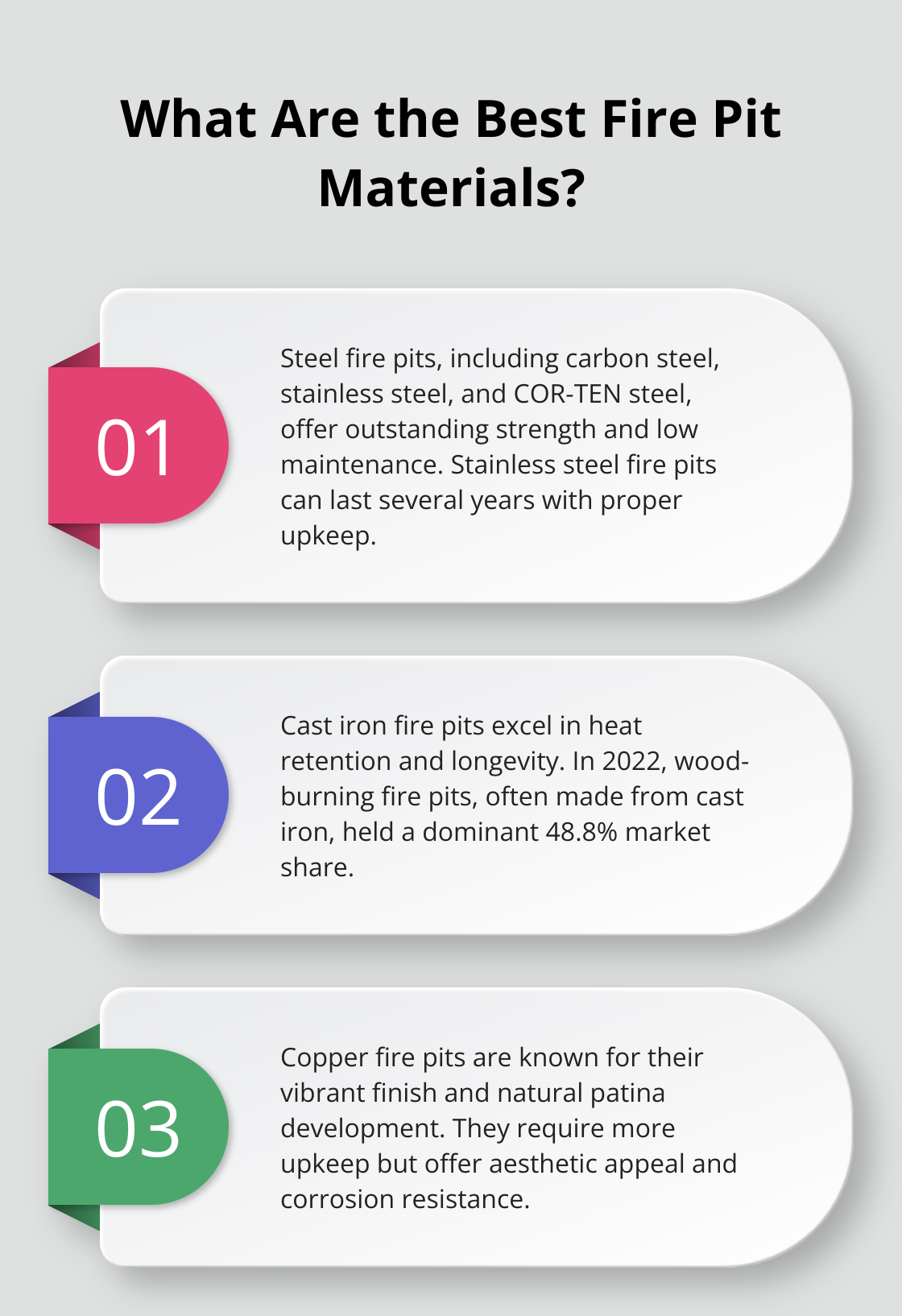
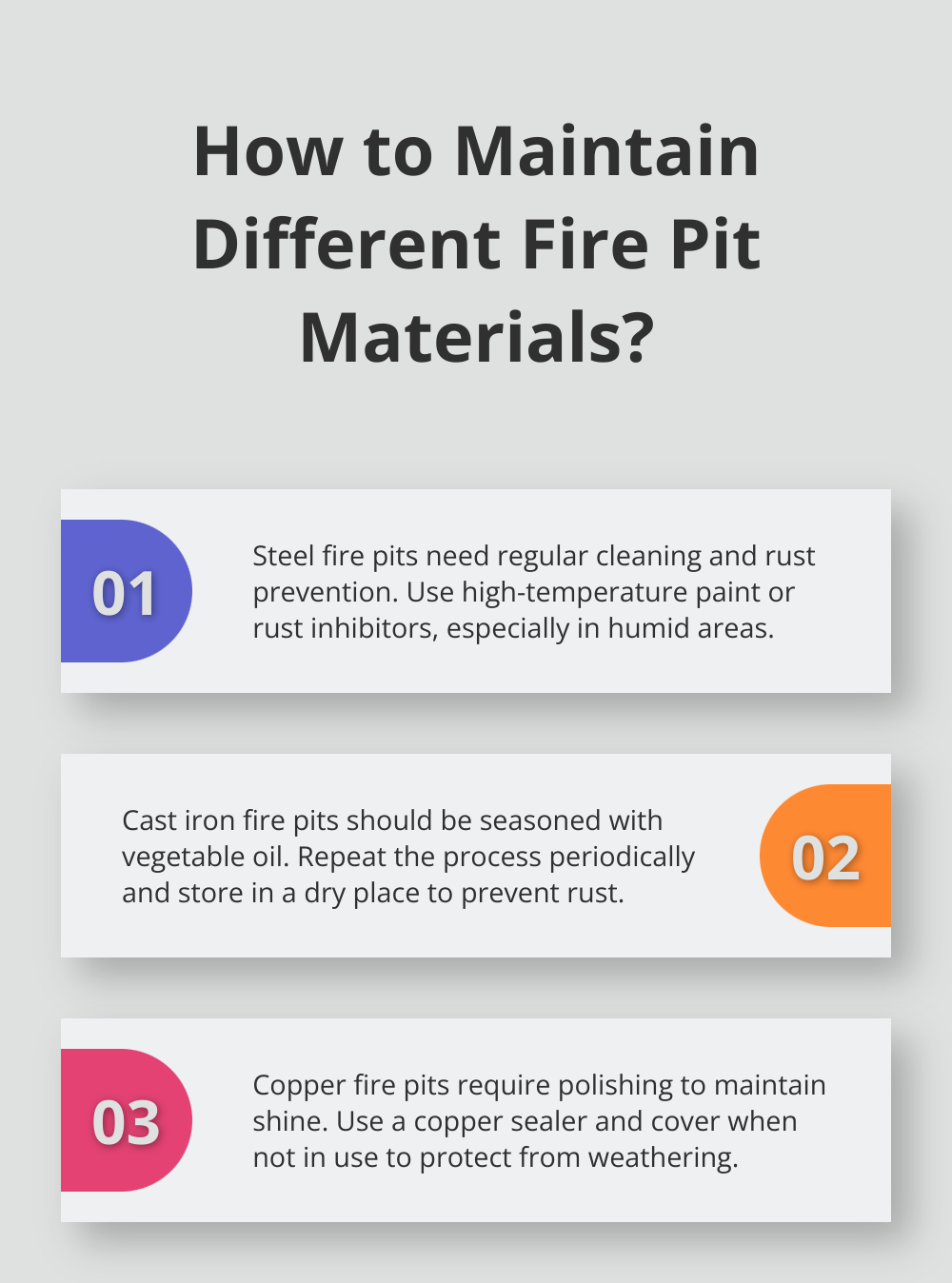
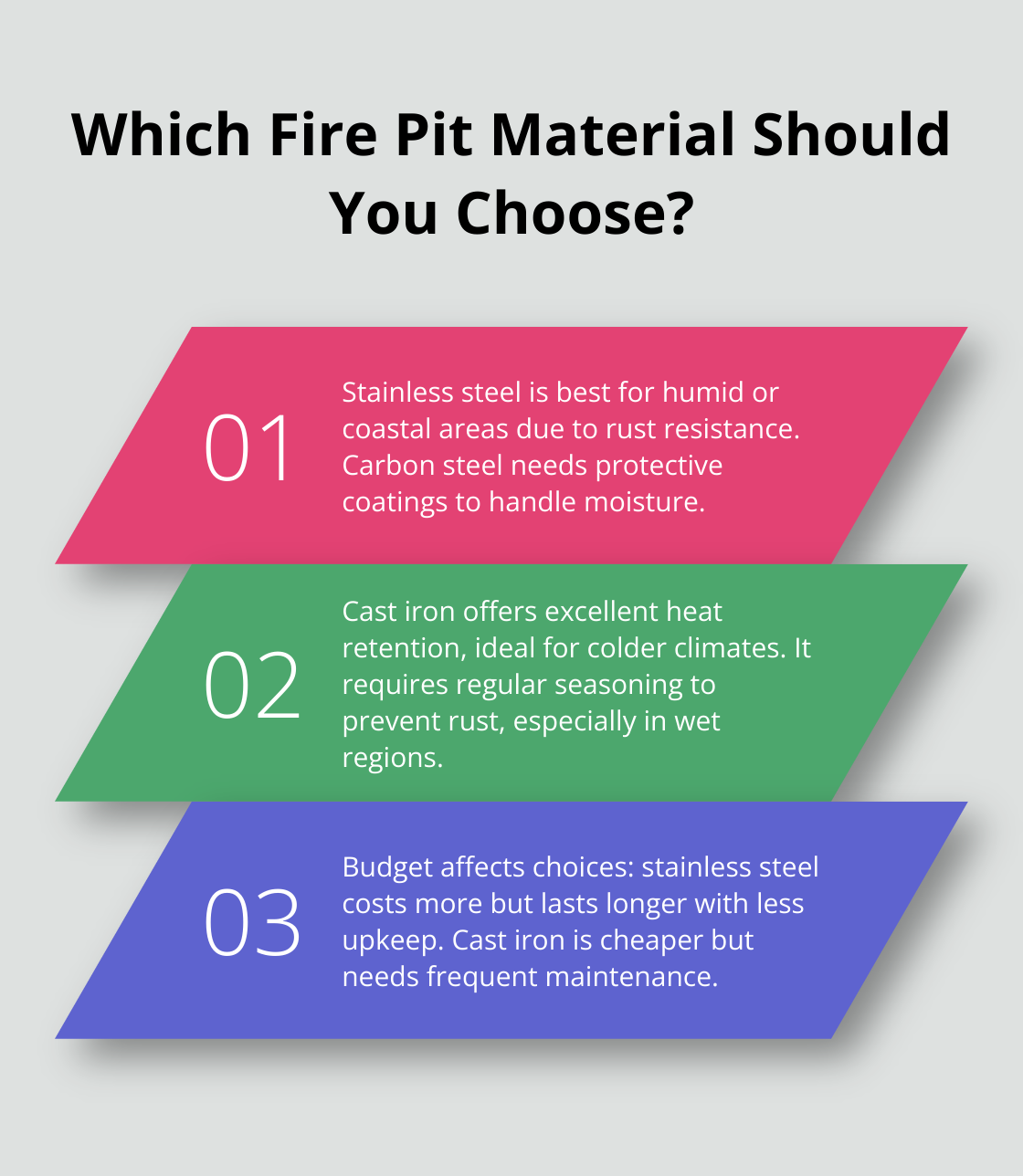
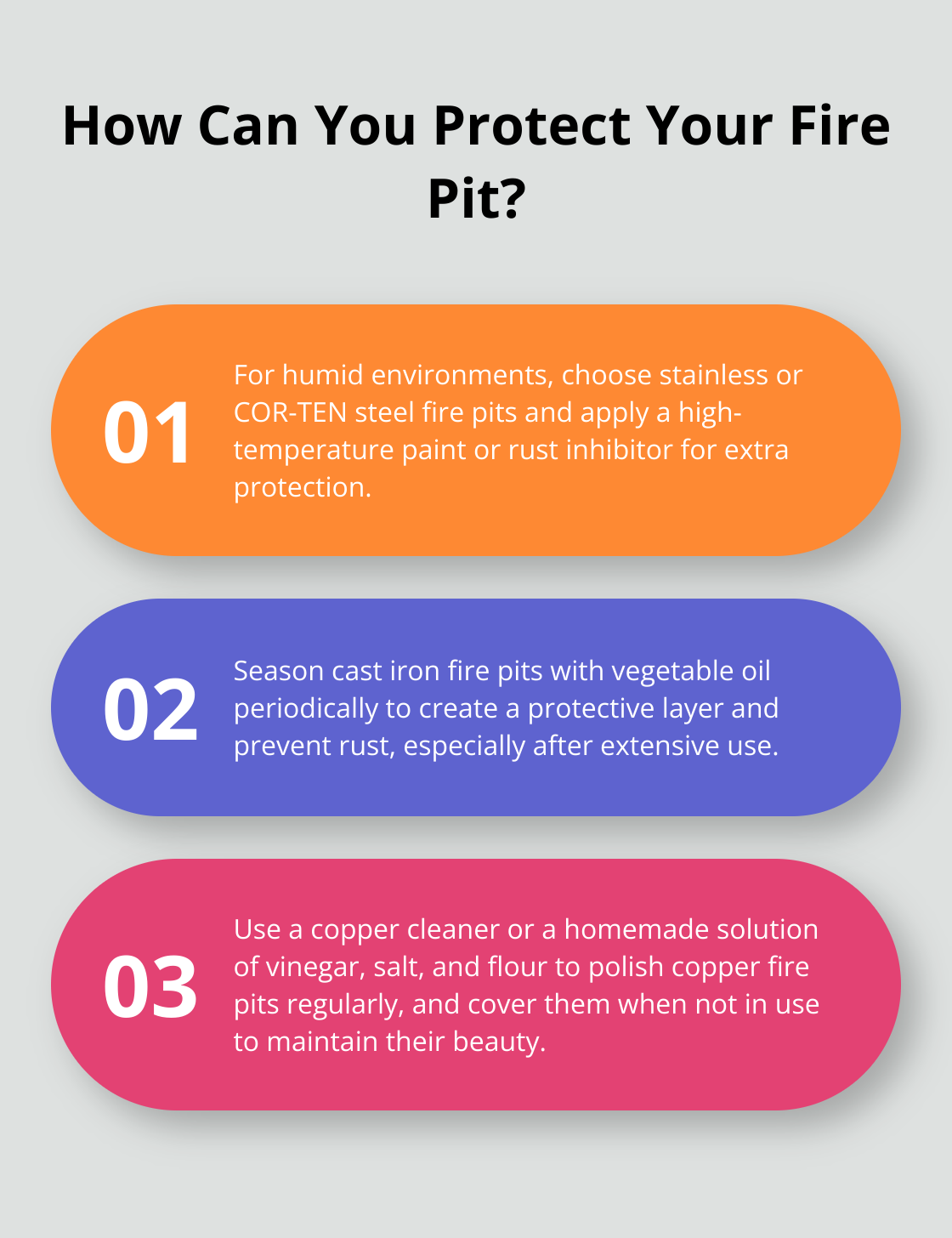
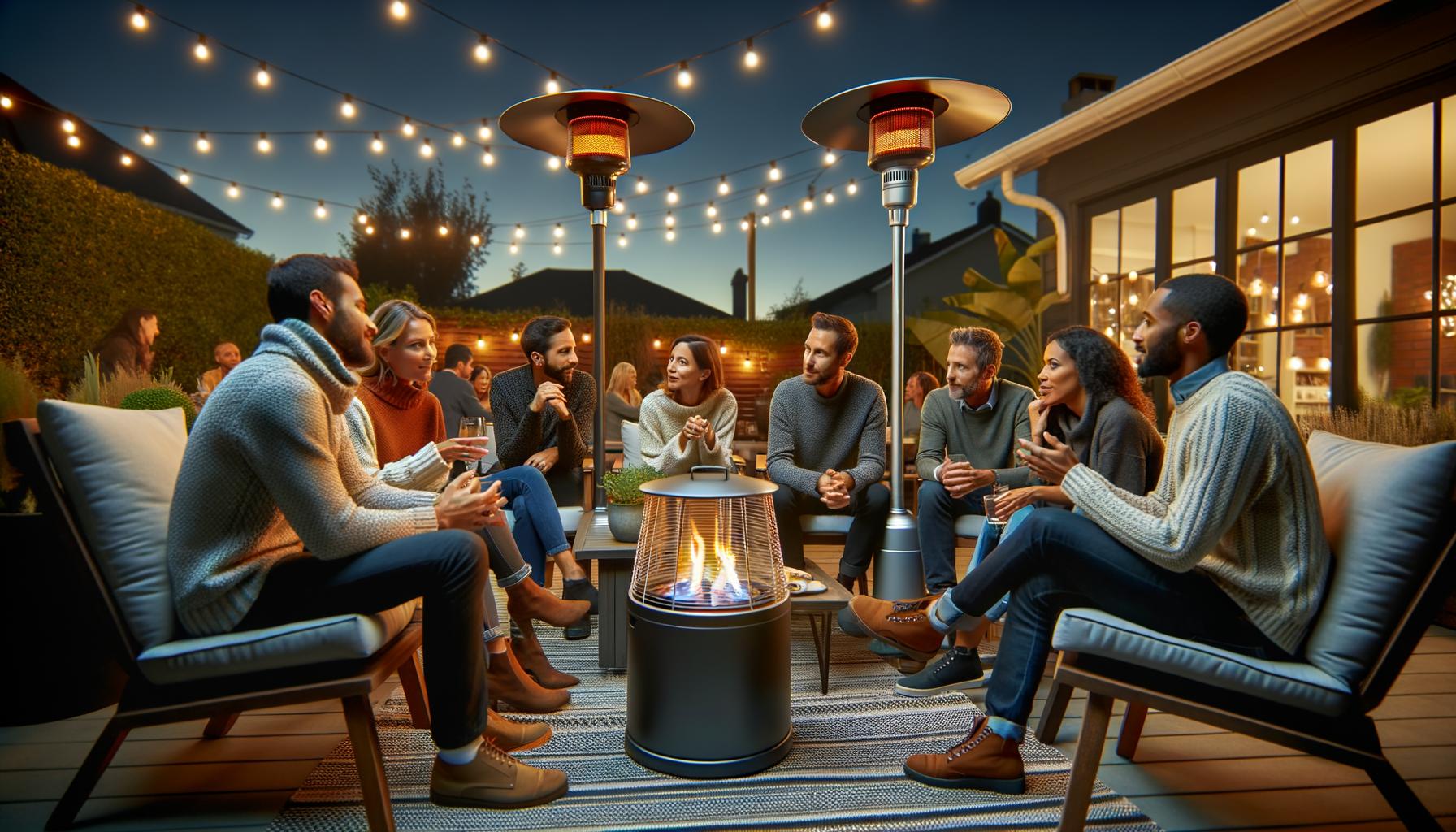
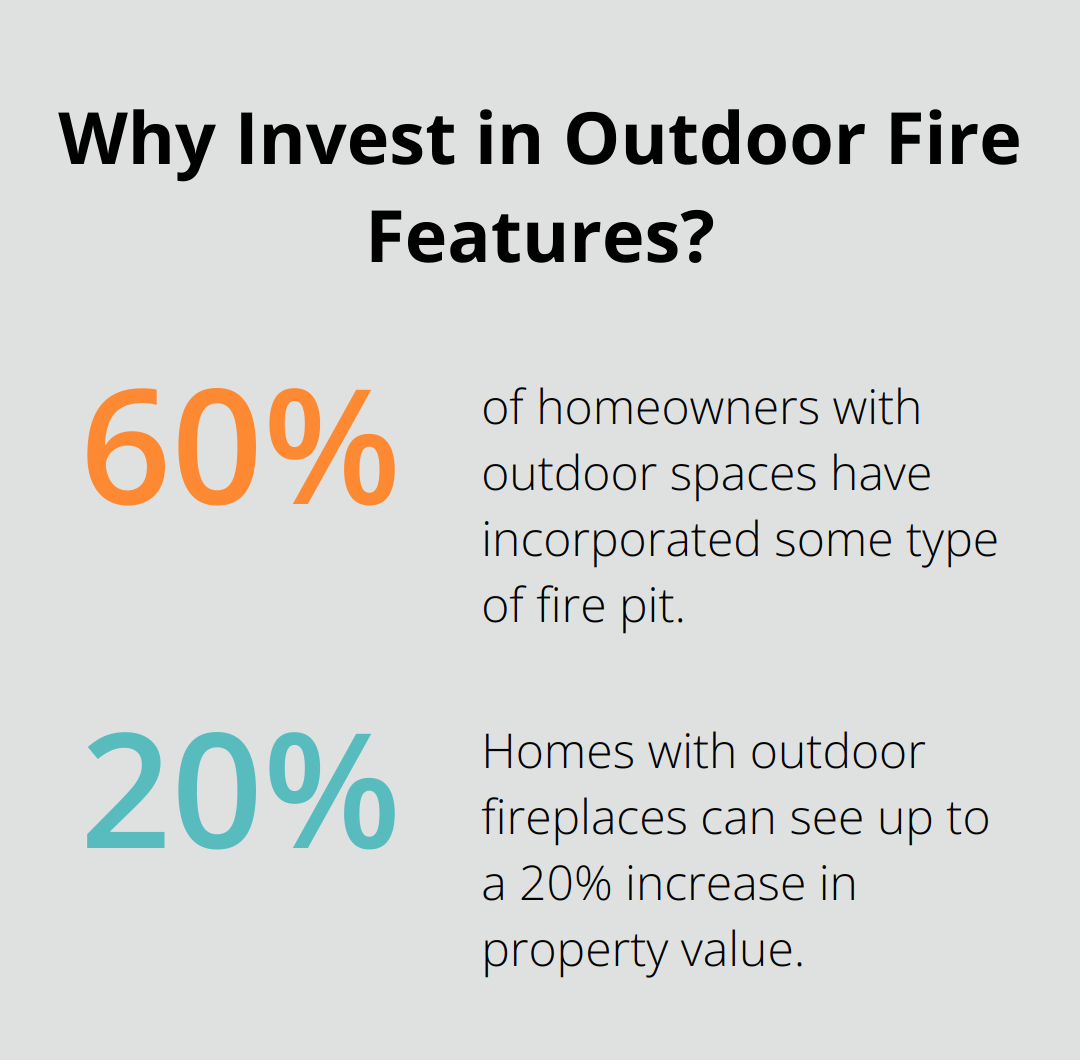



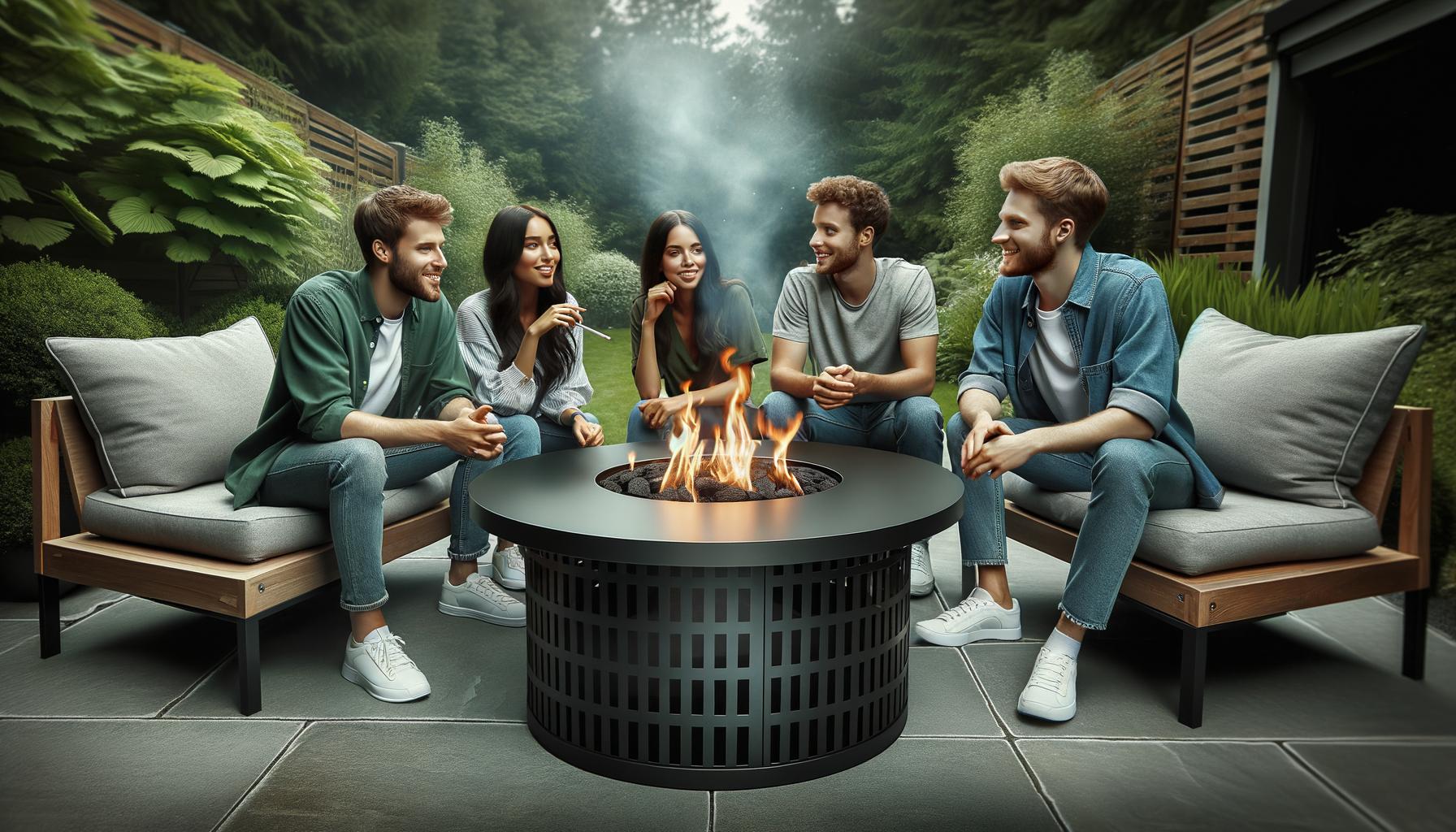
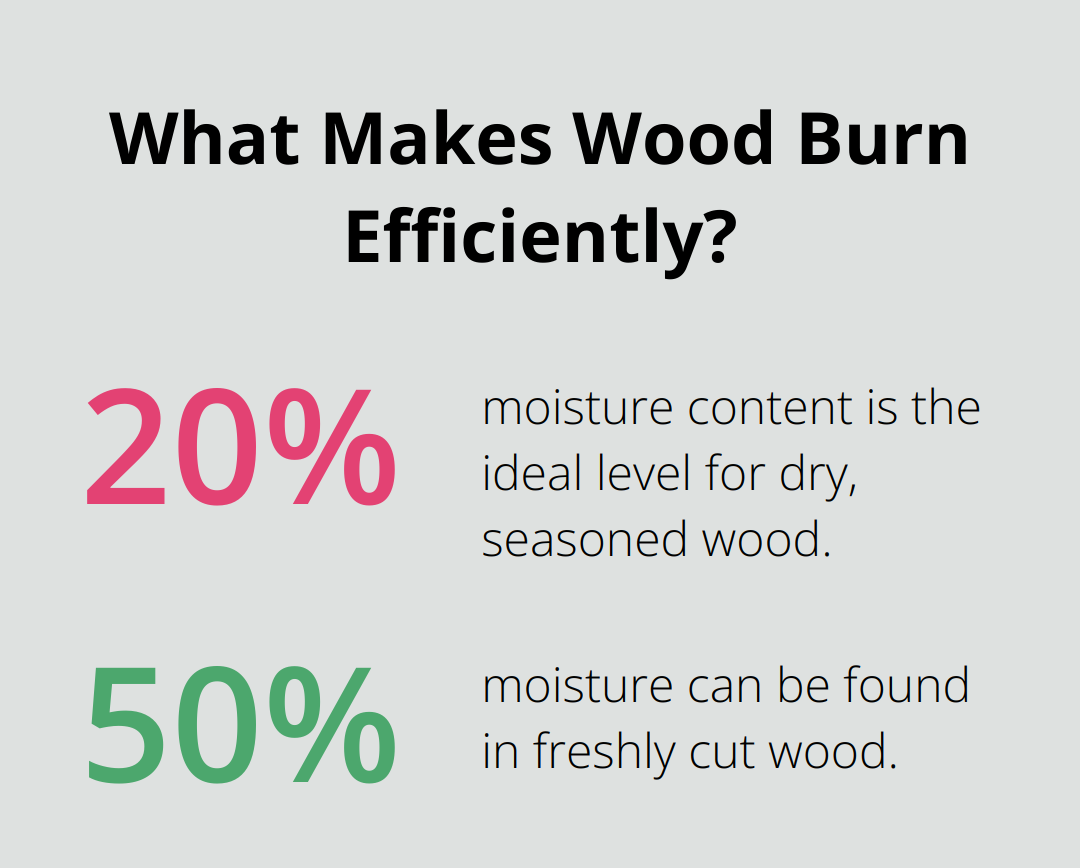
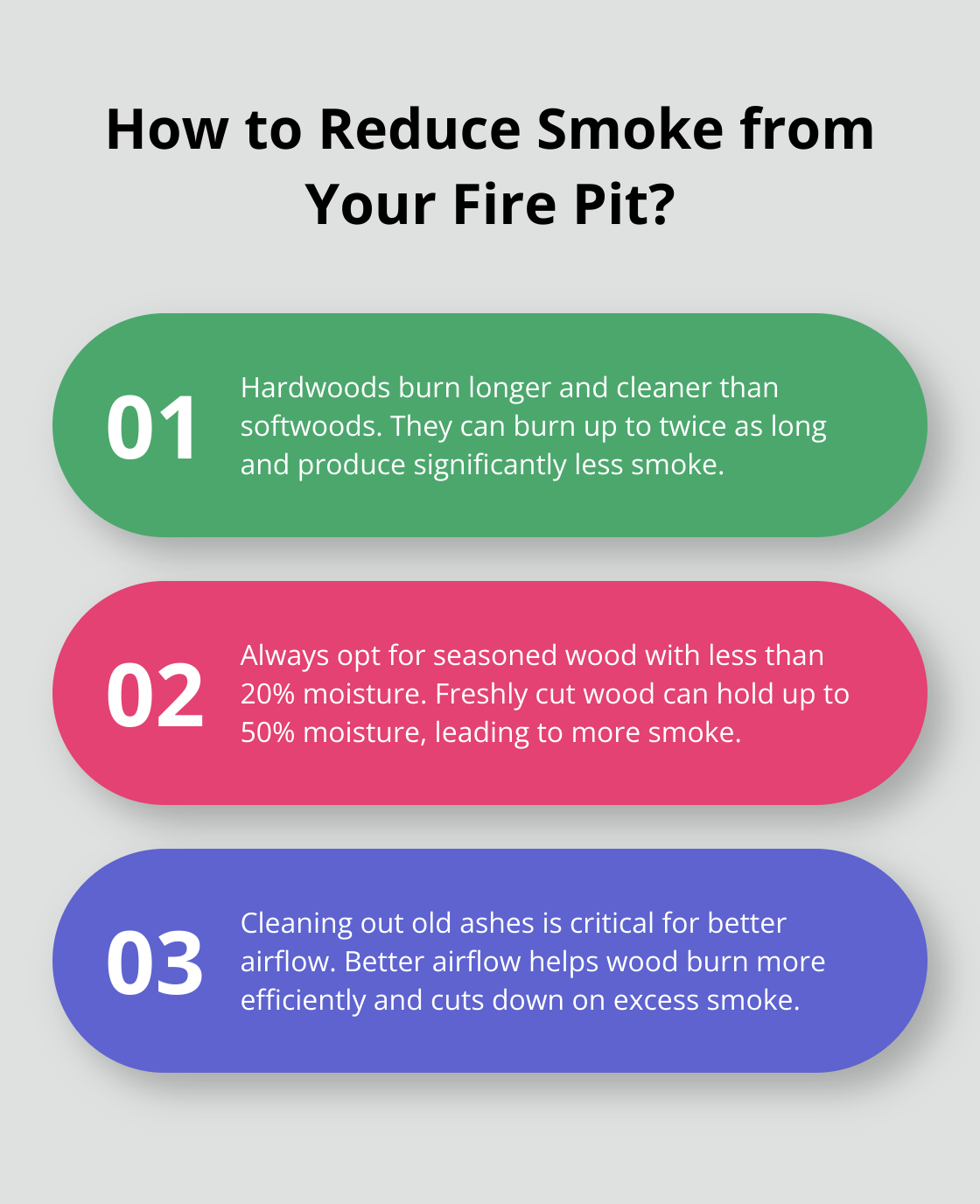
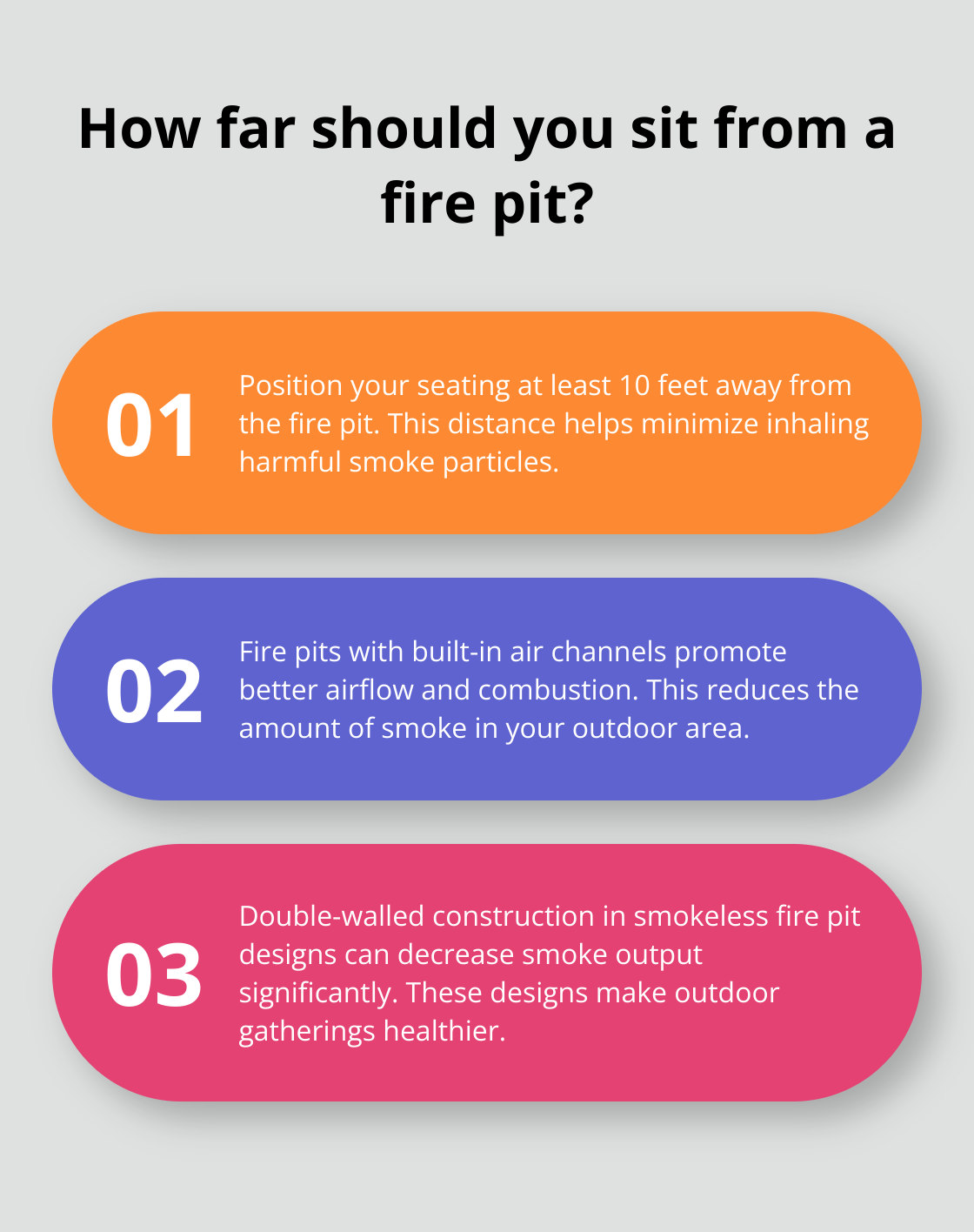
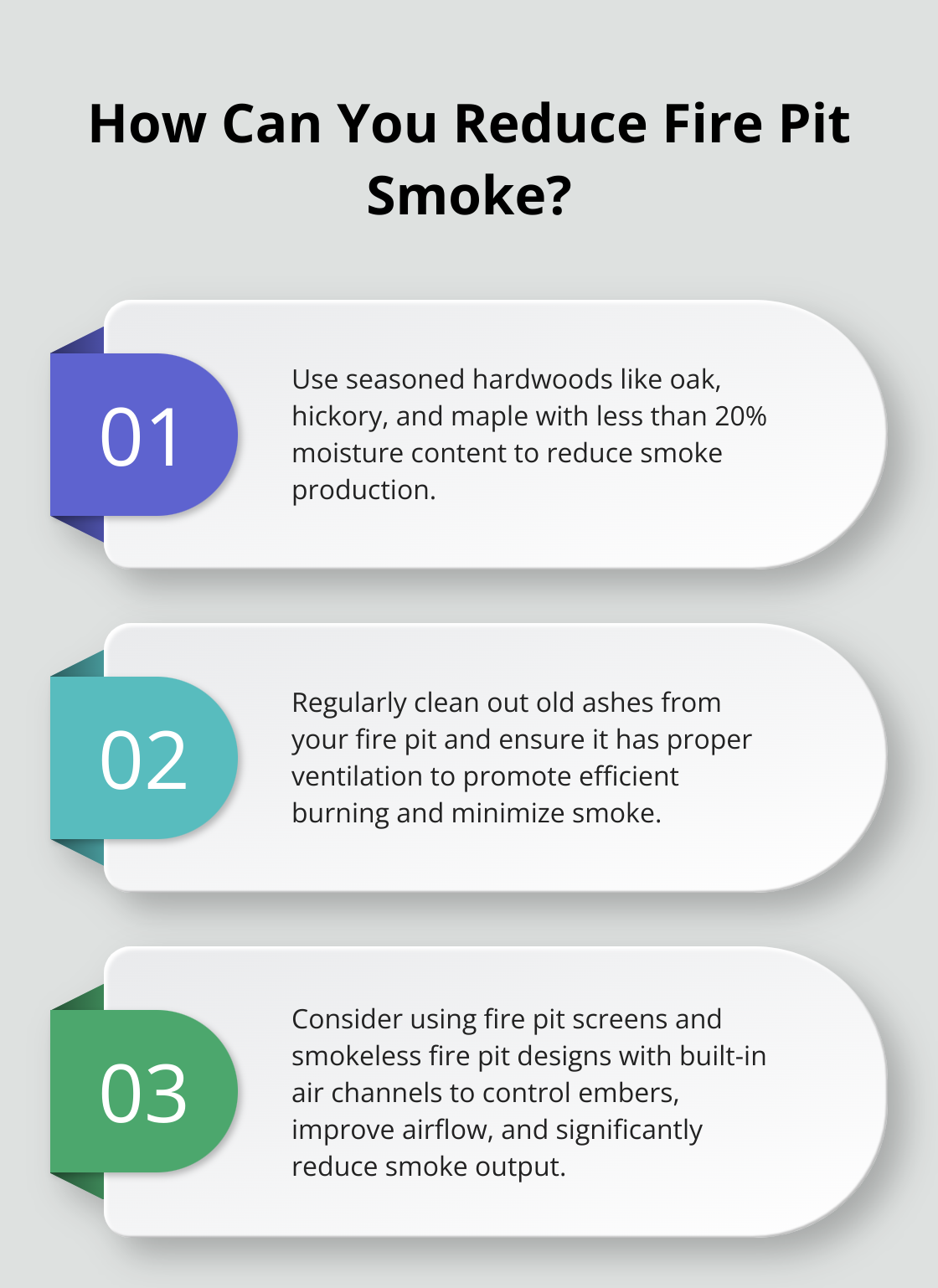
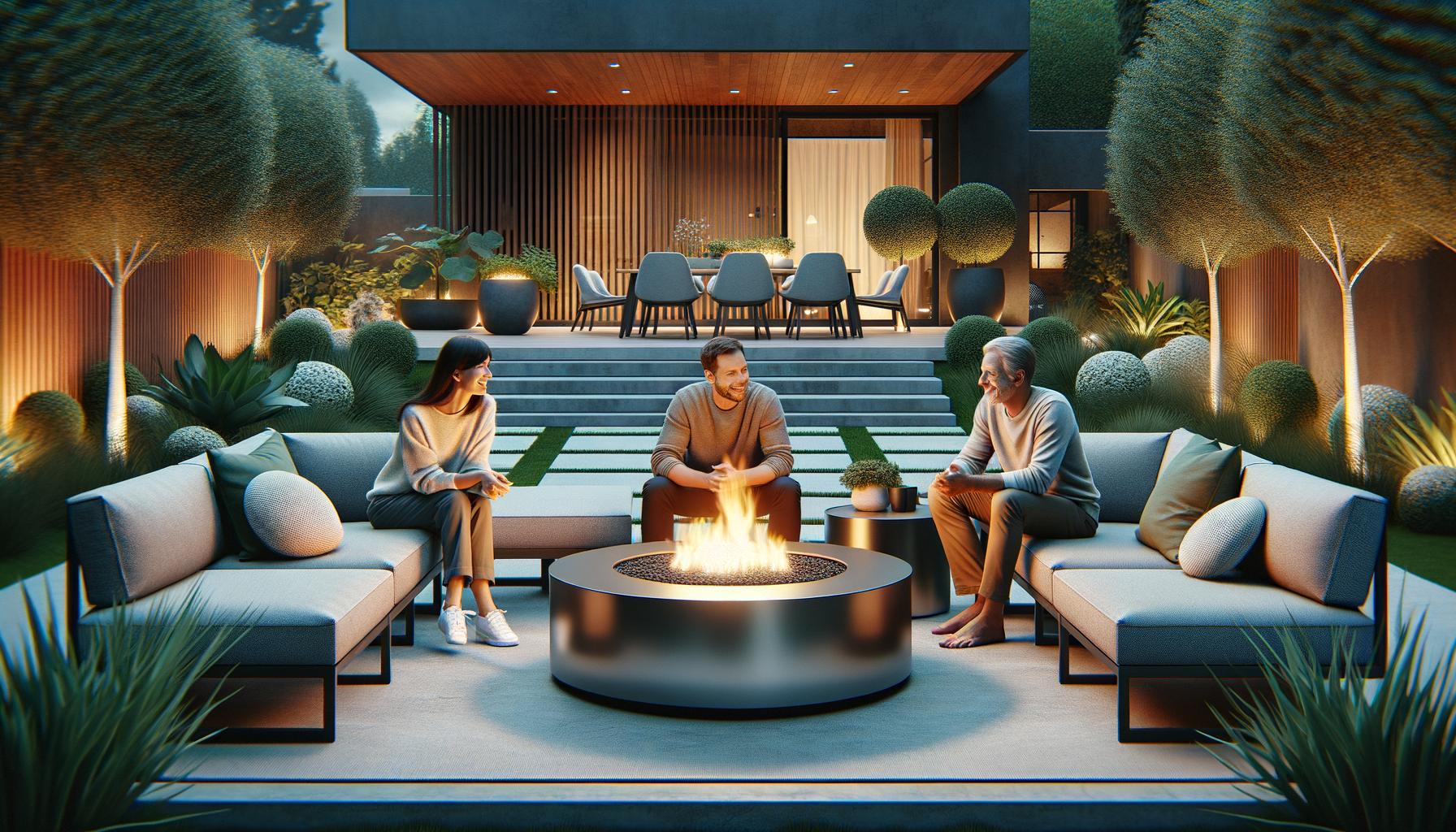




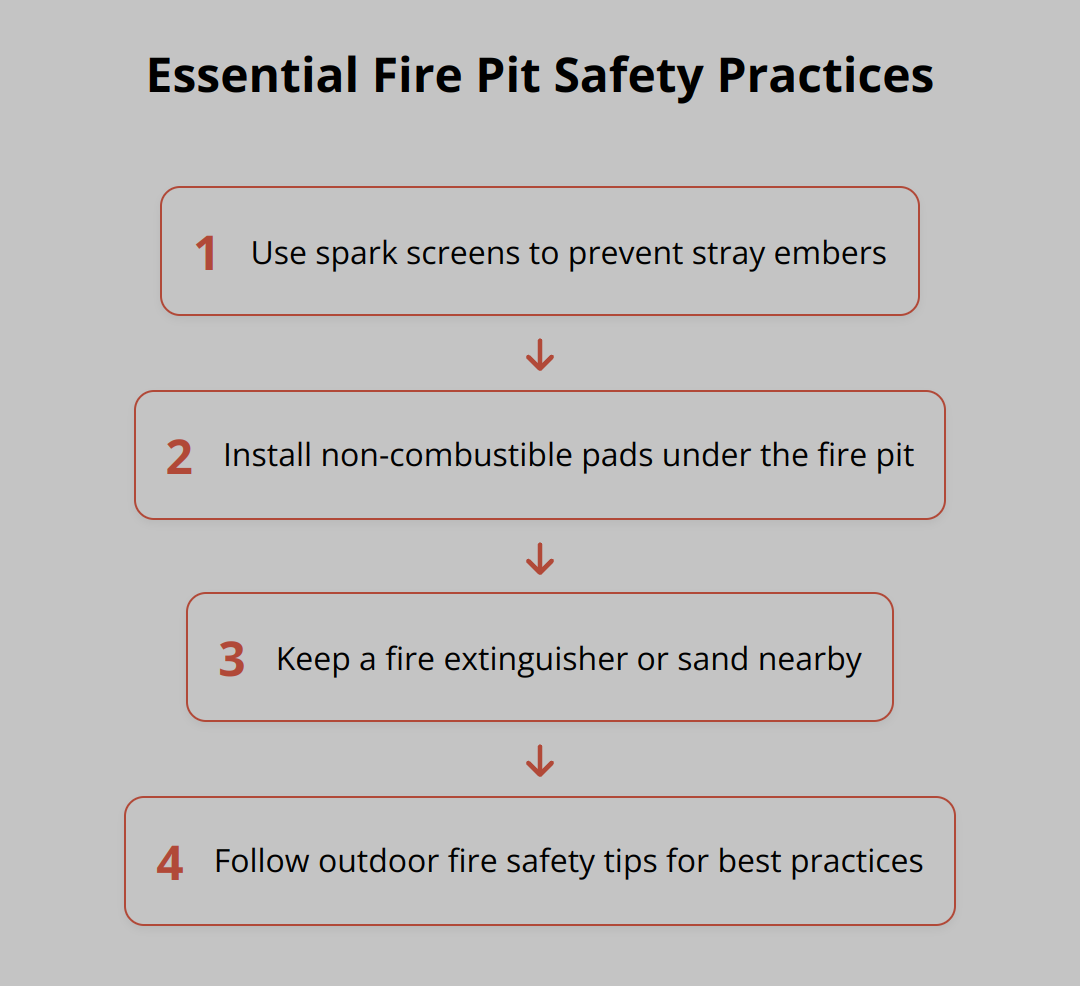
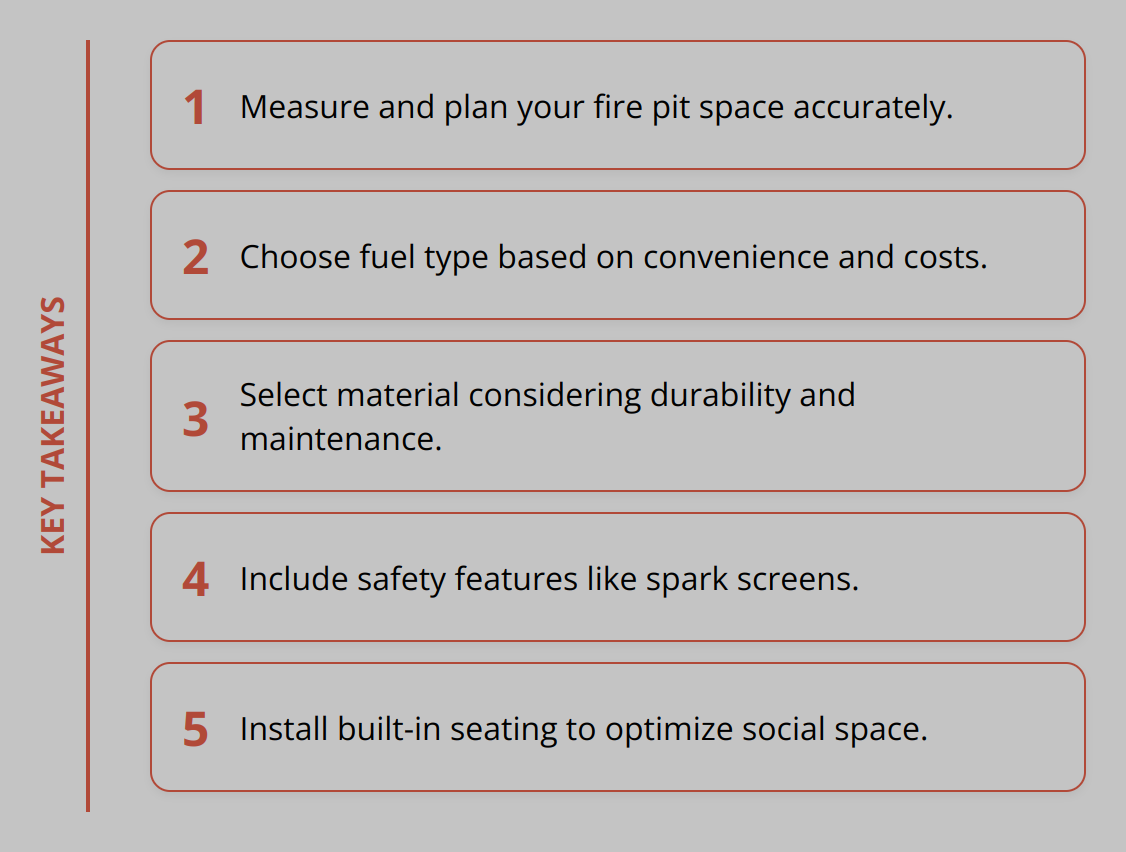
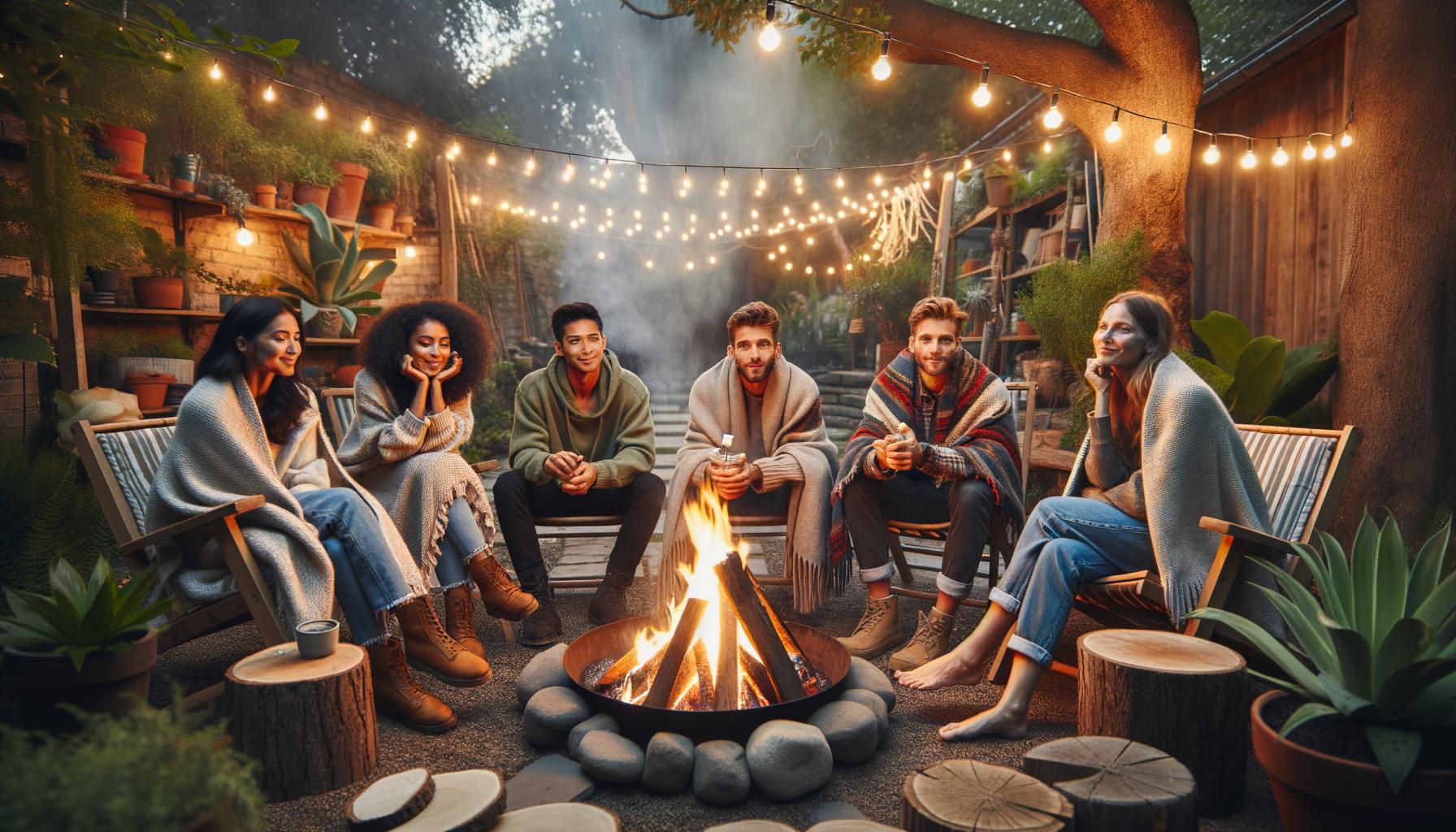



![Key Takeaways - Rustic Fire Pit Settings [Guide]](https://ssfirepits.com/wp-content/uploads/2024/05/Rustic_Fire_Pit_Settings__Guide__4_2024_05_26_07_04_02_631946_00_00.png)
